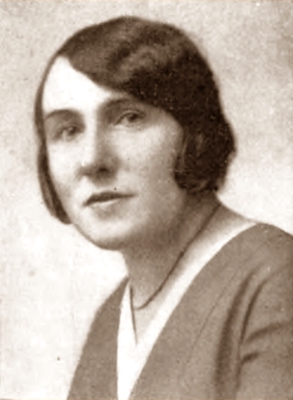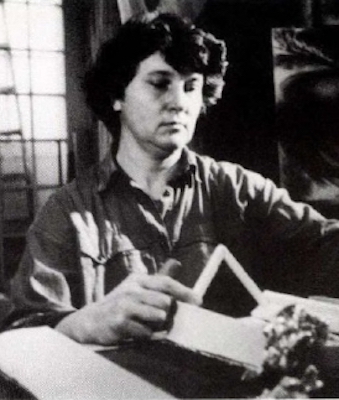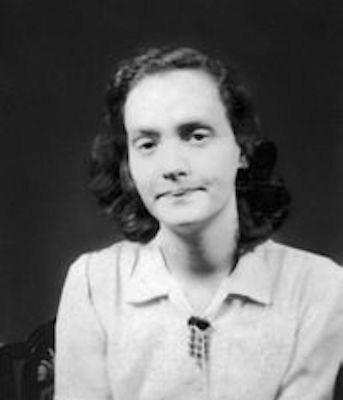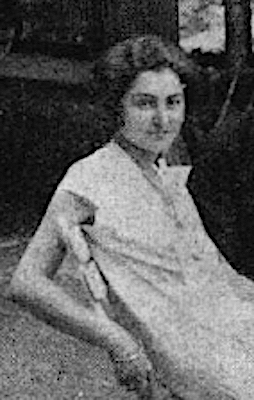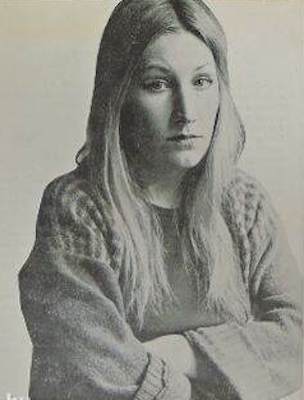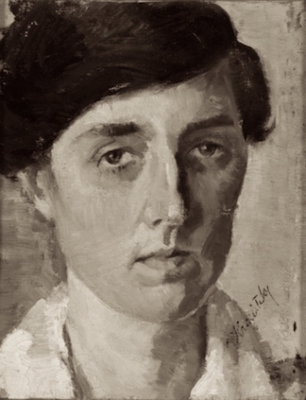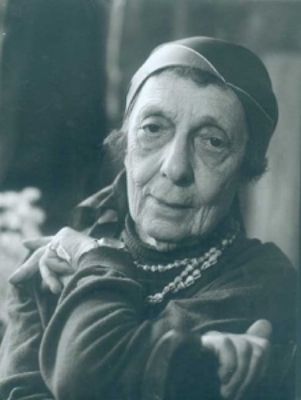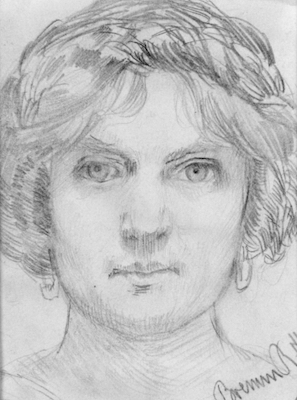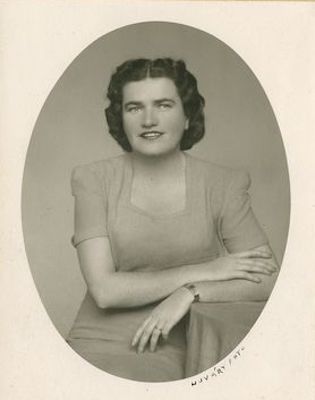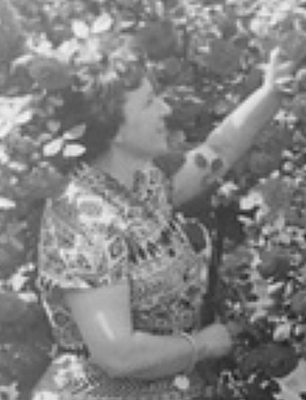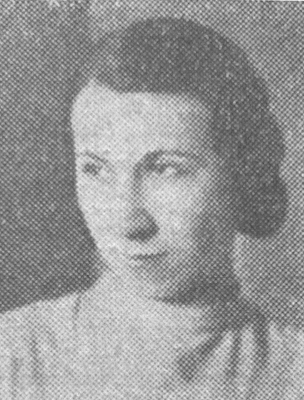Women Artists
(1880 - 1980)
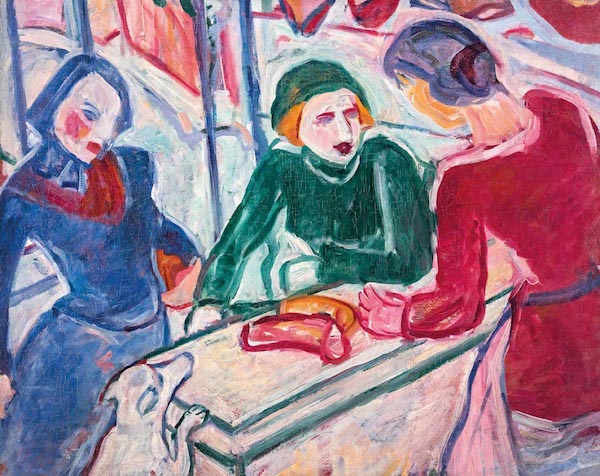
About
Women artists - women' art - women art?
The categories in the title do not overlap, they are distinct. Women artists have been a constant presence in art history, yet there is no trace of this......The careers of women artists have been dominated by family ties, so they have usually come to art as daughters, sisters, sweethearts or wives of male painters. However, their independence was constrained by social conventions: they were not encouraged to develop their own style, and their role was limited to serving the daily needs of the family industry. Gifted women were not seen as artists but as muses. Nothing is better proof of this than the fact that the term 'Women' Art', which was coined in the 19th century, was applied to artistic activities (e.g. embroidery) that were considered to be lower in the hierarchy of genres and were performed by women. Only in recent decades has 'Women Art' emerged as a distinct theme in both Western and Eastern Europe. By this they mean an artistic activity by women that deals with women's self-reflection and issues of women's identity and representation. It is not tied to a single style or genre, but is characterised by its diversity. 'Women art' is not the same as 'feminist art', which is a historical category and is usually used to refer to programmatic art based on the ideology of feminism, which opposes the artistic establishment of a patriarchal society.
Hungarian art history has also treated women artists and their role and significance in a very unfavourable way for a long time. In art history summaries, the first chapters dealing with the 20th century include women artists (e.g. Anna Lesznai, Erzsébet Korb, Noémi Ferenczy), typically women who managed to integrate into the national modernist tradition. However, their positions in the canon are far from stable, constantly shifting and sometimes more or less respected. In recent decades, there has been a growing focus on the 'old' women artists: rediscoveries of their oeuvres (e.g. Elza Kalmár Kövesházi, Józsa Járitz, Amrita Sher-Gil), art historical research (e.g. Éva Bicskei, Zoltán Gálig, Katalin Gellér, Katalin Keserü, Anna Kopócsy, Katalin S. Nagy, Hedvig Turai), group exhibitions (e.g. Ladies with Palette).
Women artists generally did not arouse as much resistance as if a woman had entered some other liberal intellectual career, since fine art was considered presentable for women in certain dilettante circles throughout the 19th century; drawing and painting could be as much a part of a good education as music or French. In aristocratic and better-off middle-class families, it was common for girls to be taught drawing by a teacher. In time, drawing became part of the curriculum of most girls' schools. There were certain genres, such as floral still life, which were considered to be specifically female. The National Hungarian School of Drawing and Design - later known as the College of Fine Arts - had included women among its students from its foundation in 1871. At the same time, women artists faced many forms of discrimination in their professional careers, and this was already the case in higher education. At the School of Fine Arts, women were taught separately from men and not in the same way; for example, they were not allowed to attend theoretical courses until the 1890s. Typically, while men were allowed to draw both female and male nudes, women were not allowed to draw male nudes for a long time. As far as professional organisations were concerned, women complained that the Association of Hungarian Artists, which had become the main professional organisation for artists at the turn of the century, practically refused to admit women. Other associations that organised exhibitions, such as the National Salon, admitted women, but women were rarely included in the jury and selection committee.
At the turn of the 20th century, women's art schools and associations opened across Europe. This coincided with the rise of emancipation, when women's movements were formed (e.g. the Feminist Women's Movement in Hungary in 1904) to extend human rights: the right to vote, to participate more in work, public life, culture, etc. In Hungary, the Royal Hungarian School of Women's Painting was founded in 1890 and operated in the Várkert Bazaar until 1918. During this period, women artists did not seek to formulate an identity different from that of men, as the aim was to achieve socio-legal-political equality. The Association of Hungarian Women Artists was founded in 1908, with Anna Elemérné Korányi Soós as its first president. The aim of the association was to unite women artists into a strong association, to provide moral and financial support and to promote them. Their first exhibition was held in 1912 at the National Salon, which was attended by 23 foreign and 62 Hungarian women artists and was a great success both financially and morally. This was due in no small part to the fact that some of the women artists held prestigious positions in high society and were thus able to carry out useful propaganda on behalf of the association. The main result of the solo exhibitions of women was that the public became aware of this new type of exhibition and, as a result, critics sought to associate the exhibits with the femininity of the artists.
Many women worked in the art colonies in Nagybánya, Kecskemét and Gödöllő. Many of them followed their masters, such as Béla Iványi Grünwald's students followed him from Pest to Kecskemét (Margit Gráber, Franciska Pál, Józsa Járitz, Rózsi Dabis), others came with their husbands (Mária Lehel, Mária Galimberti Lanow) or spent only a summer in the colonies. The life of women in the Gödöllő artists' camps was much freer than was customary and accepted in Gödöllő or in similar social groups of the period. This is explained by the fact that they promoted a life of reform in the areas of clothing, eating and exercise, and their primary aim was to boost cottage industry and to involve the surrounding settlements in production. However, gender inequalities also had an impact here: designers were mainly men and builders women. Sometimes, of course, a woman's project was implemented, but it was not by them that the Gödöllő artists' colony became famous. The role of the women who lived here was often limited to family, education and supporting their husbands (Ilka Krieschné Ujvárossy; Laura Kriesch), while Mariska Undi was the embodiment of the emancipated woman, for whom learning was more important than almost anything else in the family. In terms of her attitude to women's roles, she was the only woman in Gödöllő who saw herself first and foremost as an artist and subordinated other aspects of her life to her. She also received independent artistic commissions and attended social gatherings alone. As a symbol of the free woman, she not only wore corsetless dresses, she also designed her own dresses and costumes, which she usually presented in her own private entertainments.
Between the two world wars, women's art associations were active in the debates on women's art (e.g. women as models; the specific female vision; the difficulties of women's careers and artistic careers; the role of the female hand in applied art).In 1931, two new women's groups were formed to counter the conservatism prevailing in their "mother association": the Association of Women Artists (AME) and the New Eight. The AME was formed at the suggestion of Béla Déry, director of the National Salon. Among the forty members were,Eszter Mattioni, Ila Paris, Laci Záray, Éva Löte, Elza Kalmár Kövesházi, Countess Cziráky, etc. Their rivals, the New Eight, also made their debut at the National Salon on 29 October 1931. They did not have any more solo performances, but later their works were shown side by side and critics mentioned them together. Its members were Anna Bartoniek, Alice Endresz, Ilona Hranitzky, Margit Muzslai Kampis, Vilma Kiss, Erzsébet Loránt, Piroska Márton Futásfalvi, Angéla Szuly. The risk was not their modernity, but that they were exhibiting as women. Their social roots played an important role in their outlook. They represented the middle class, they were not industrialists, but primarily members of intellectual families. Anna Bartoniek, Ilona Hranitzky, Erzsébet Loránt and Margaret Muzslai Kampis are among the representatives of the educated classes. They were not politically progressive, although they did produce a number of pictures with social themes. Nor were they homogeneous in style. On the one hand, they could work in several styles at the same time, and on the other hand, the style often depended on the subject matter chosen. Futásfalvi, Endresz or Hranitzky worked in several styles, influenced by neoclassicism, post-Nagybánya style, but also by expressionism. Vilma Kiss's paintings are not so different: she tended to synthesise several influences within a single painting that did not originally belong together (Gauguin's New Objectivity). The New Eight were linked to traditional genres (nudes, still life, landscape, etc.), but within these they could already make significant innovations. Critics of the time occasionally remarked on 'the recent strong presence of women exhibitors', although Angéla Szuly still wrote in her diary in 1933: "What a painful and bitter disappointment it is to us that in so many years not one of these many talented women has received a foreign scholarship, while among the men often quite feeble figures have gone to foreign colleges... how many prizes, commissions, honours have been awarded to quite mediocre figures! "
After the year of the turnaround (1949), all other self-assertive voices were subordinated to the oppositionalism of progressive, avant-garde art, which was organised in opposition to official art (socialist realism). Not only did the theoretical discourse on gender identity or the role of gender in society not penetrate, but no conscious artistic movement was organised to take up this problem. Nevertheless, in many of their works, we can find elements of women artists' preoccupation with defining their own place and self-definition. In their use of materials, attitudes, genres and themes, parallels can be drawn with international phenomena. The women members of the generation that started their artistic careers between the two world wars, in communion with the aims of the European School, sought to rehabilitate the modern, avant-garde tradition. They created mostly in the spirit of abstraction, putting personality and their own direct experience of life in the background. Although until now the question of identity has not been much in evidence in the interpretation of their art, in the later stages of their oeuvre, in self-portraits (Margit Anna), in the concealment of the self (Julia Vajda), in the use of forms, materials and nature (Piroska Szántó, Erzsébet Forgács-Hann, Ibolya Lossonczy), there is a definite feminine perspective. Lili Ország, who is younger than them, has already built her oeuvre around her life story, memory and Jewish cultural heritage. Erzsébet Schaár's subjects include everyday female themes (at the beautician's, in front of the mirror) as part of an opening towards popular culture. Ilona Keserü's curvaceous forms, her embossed canvases, which suggest the female body, or the sensual, tactile vegetation in Dóra Maurer's etchings, which suggest the shape of genitals, were not yet openly linked to the question of femininity.
After the Second World War, the first group performance of women was not in the visual arts, but in the field of "experimental textiles". In the emancipation of textiles, many of them turned to nature, traditionally associated with femininity (Lujza Gecser), and used natural materials and energies. Others exposed their creations to the destructive forces of nature (Anikó Bajkó), or extended the processes of textile making to the environment, to the objects and materials of everyday life (Ilona Lovas). Zsuzsa Szenes used the despised female handicraft to symbolically transform a typically masculine object (gas mask, guard booth) associated with violence. The softening and "feminisation" of geometric forms characterises the works of Margit Szilvitzky, Csilla Kelecsényi and Kati Gulyás. The demand for female identity and the assumption of one's own body was first expressed in the second half of the 1970s in the self-photographic actions of some women artists (Ilona Lovas, Judit Kele). Orsolya Drozdik's early performances deal with the female body seen from the female point of view, while her nude drawings analyse the relationship between the male artist and the female model, reflecting on the absence of the woman as creator. Her work developed in New York and is part of the international women's art scene. Mária Berhidi's early sculptures deal with the image of women seen from the inside and the outside, with the visual representation of connotations related to women, but they were not publicised in their time as they did not fit into the domestic discourse. El Kazovsky hid her complex gender identity behind the mask of the 'private mythology' of the only female member of the dominant trend of the 1980s, the new sensationalism. After the regime change, the oppositional, avant-garde artistic strategy was no longer valid, and it became possible for previously repressed artistic attitudes to emerge. The number of active women remaining in the visual arts multiplied in the 1990s. In their artistic approach, use of materials and tools, they are close to their counterparts on the international scene. Among others, Emese Benczúr, M. C. Csáky, Ágnes Deli , Ágnes Eperjesi, Mariann Imre, Gyöngyi Kámán, Kriszta Nagy, Hajnal Németh, Ilona Németh, new techniques and genres enriching the visual language expression have been introduced into our fine arts, and especially a new approach and way of thinking, a new sensitivity, approach and means of communication, which have a fertilizing effect on the art as a whole, or. which help to unveil hitherto hidden or unrecognised layers of the work of art, which the one-sided avant-garde or modernist heritage of formal interpretation has not made possible or would not make possible.
Artworks in this theme
related artists
Gitta Gyenes
(1880 - 1960)
Mária Barta
(1897 - 1969)
Mária Lehel
(1889 - 1973)
Klára Kuchta
(1941)
Judit Beck
(1909 - 1995)
Irén Balázs
(1935 - 2012)
El Kazovszkij
(1948 - 2008)
Mara Omara Oláh
(1945 - 2020)
Lenke Szemere
(1906 - 1993)
Dóra Maurer
(1937)
Klára Kliené Róna
(1901 - 1987)
Olga Hadzsy
(1880 - 1954)
Anna Oelmacher
(1908 - 1991)
Magda Frank
(1914 - 1997)
Mária Galimberti Lanow
(1880 - 1951)
Nelly Timkó
(1905 - 1979)
Mariska Undi
(1877 - 1959)
Viola Berki
(1932 - 2001)
Mela Hanna
(1892 – 1972)
Piroska Futásfalvi Márton
(1899 - 1996)
Anna Bartoniek
(1896 - 1978)
Alice Endresz
(1899 - 1953)
Erzsébet Lóránt
(1898 - 1963)
Alice Bélaváry
(1901 - 1972)
Klára Schossberger
(1893 - 1958)
Jolán Gross-Bettelheim
(1900 - 1972)
Erzsébet Sass Brunner
(1889–1950)
Margit Galambos
()
Ida Gömöri Raidl
(1894 - 1947)
Józsa Járitz
(1893 - 1986)
Ili Szirmay
(1896 - 1945)
Irma Berky
(1900 - 1945 vagy 1946)
Lilly Leicht
(1905 - ?)
Rózsa Dabis
(1900 - 1984)
Margit Csabai Rott
(1893 - 1973)
Ella Hegedűs
(1900k - ?)
Ada E. Karinthy
(1880 - 1955)
Margit Muzslai Kampis
(1898 - 1981)
Kató Petrich
(1908 - 1987)
Elza Honti Pariss
(1887 - ?)
Carla Undi
(1881 - 1956)
Margit Werner
(? - ?)
Hajnalka Kontulyné Fuchs
(1903 - 2000)
Lili Árkayné Sztehlo
(1897 - 1959)
Magda Zemplényi
(1899 - 1965)
Ida Hallósyné Nágel
(1898 - 1941)
Vera Trőster
(1942 - )
Endréné Komáromi Kacz
( 1883 - 1954)
Elly Bártfay
(1917 - 1995)
Hanna Varga
(1919 - 2010)
Ilona Hámor
(1904 - ?)
Edit Basch
(1895-1980)
Róza Beszedits
(1857 - 1943)
Anna Lesznai
(1885 - 1966)
Angéla Szuly
(1893 - 1976)
Ágnes Péter
(1949 - )
Ilka Gedő
(1921 - 1985)
Milly Czukor
(? - ?)
Noémi Tamás
(1948 - 2004)
Ilona Hranitzky
( 1889 - 1980)
Lucy Záray
()
Margit Gráber
(1895-1993)
Ritta Boemm
(1868 - 1948)
Emmy Róna
(1904 - 1988)
Ferike Róna
(1894 - 1978)
Filo Ilona Fischer
(1910 - 1986)
Vera Molnár
(1924-2023)
Erzsébet Berkovits
(1906 - )
Sarolta Pongrácz
(1896-?)
Valéria Bruckner
(1900-1992)

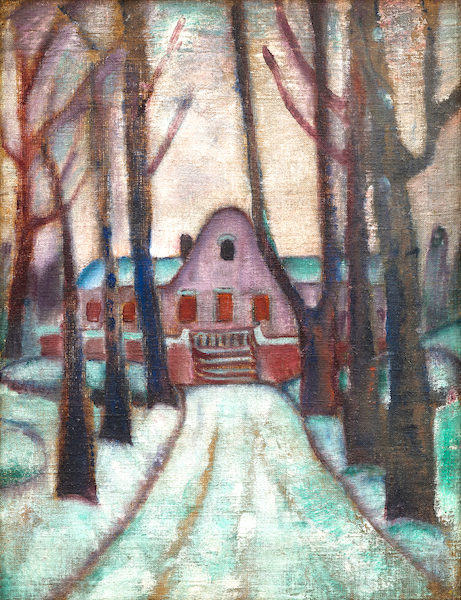
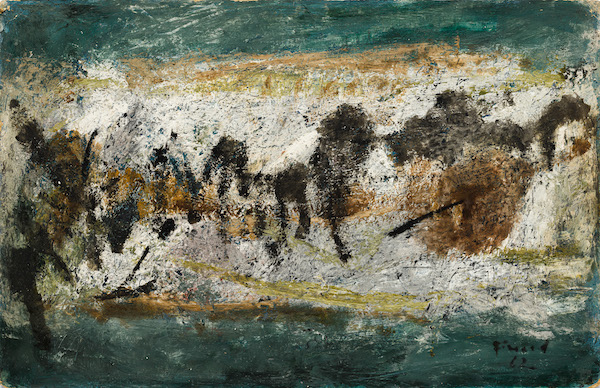
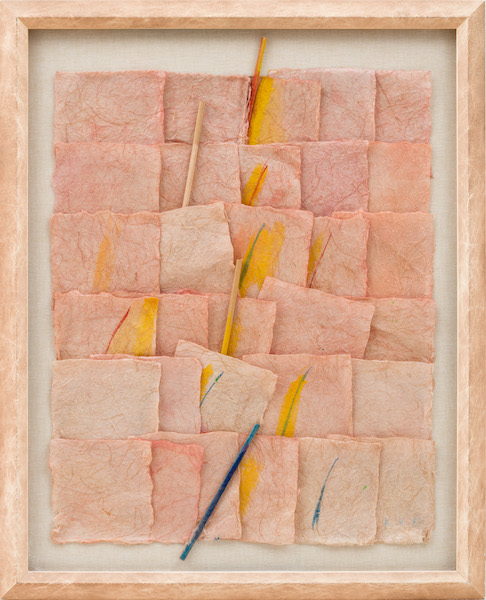
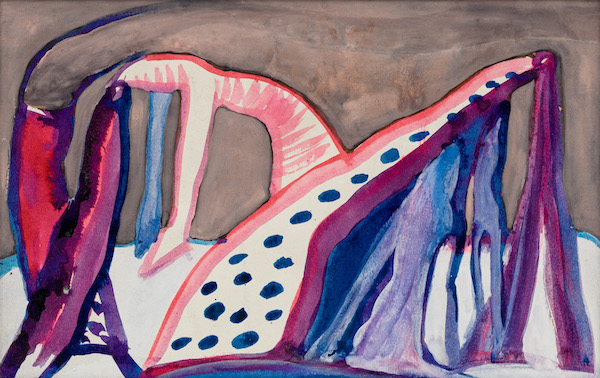
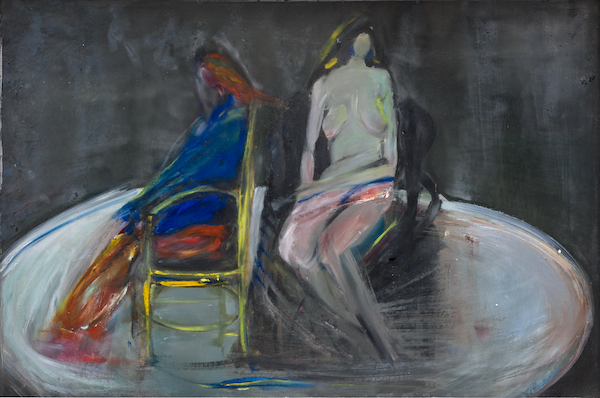
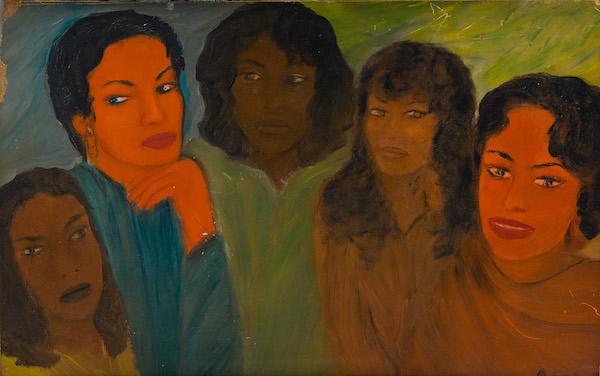
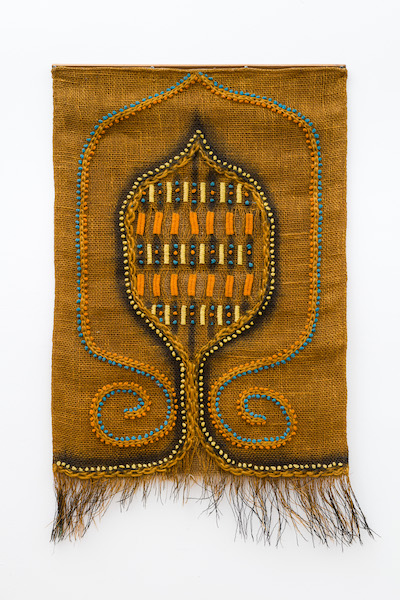
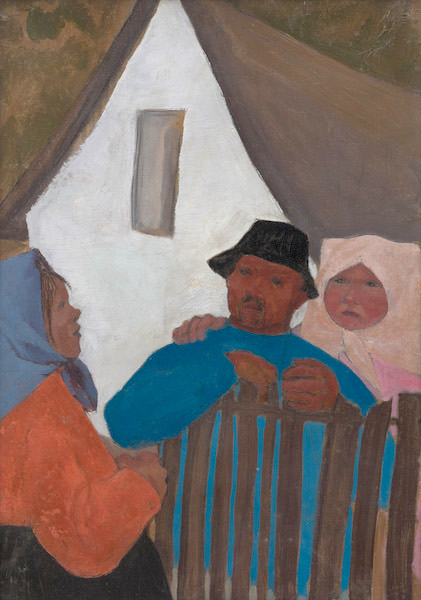
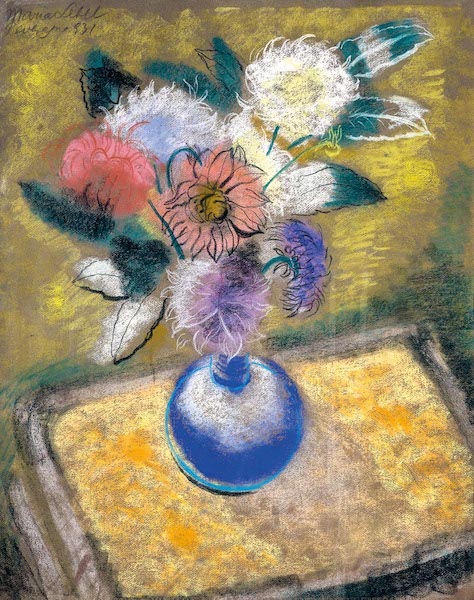
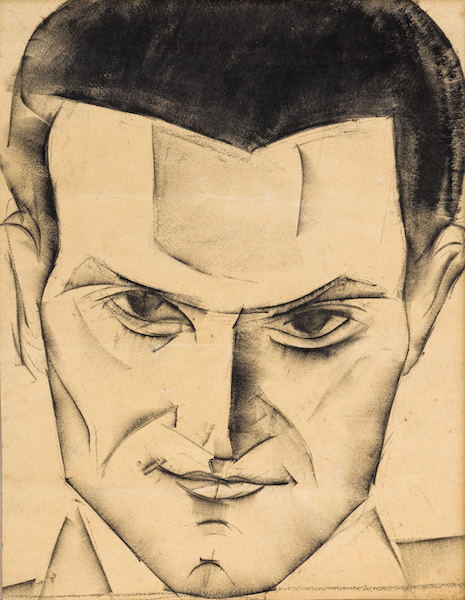

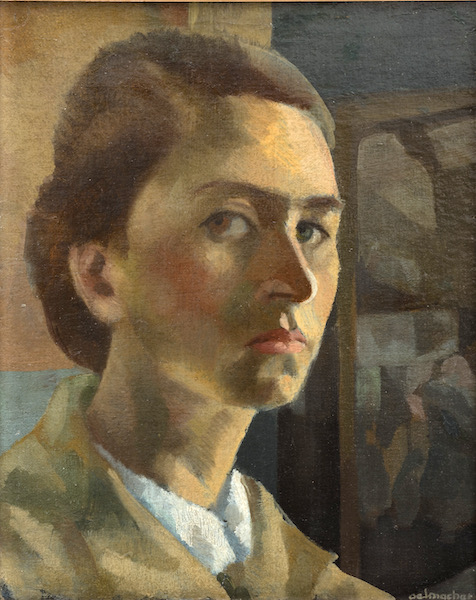
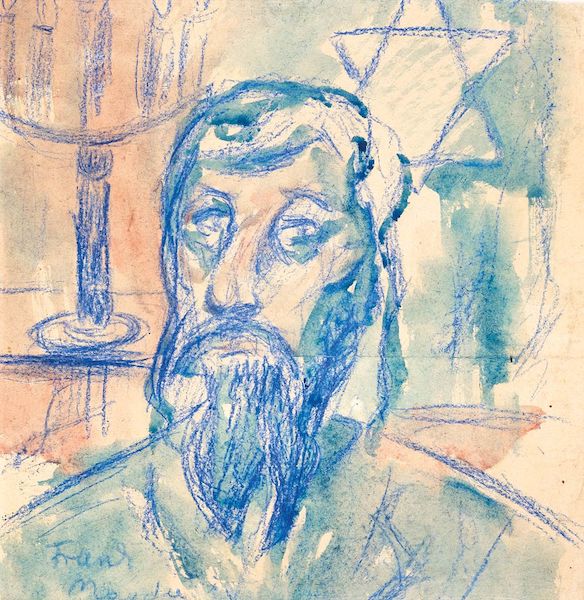
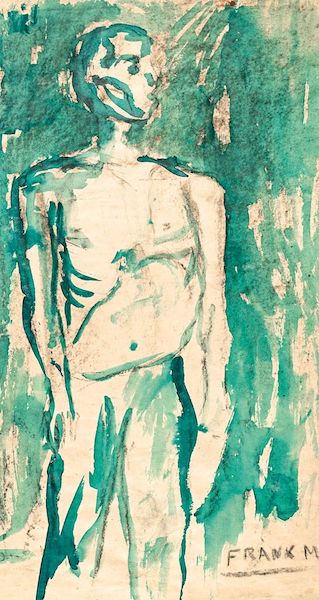
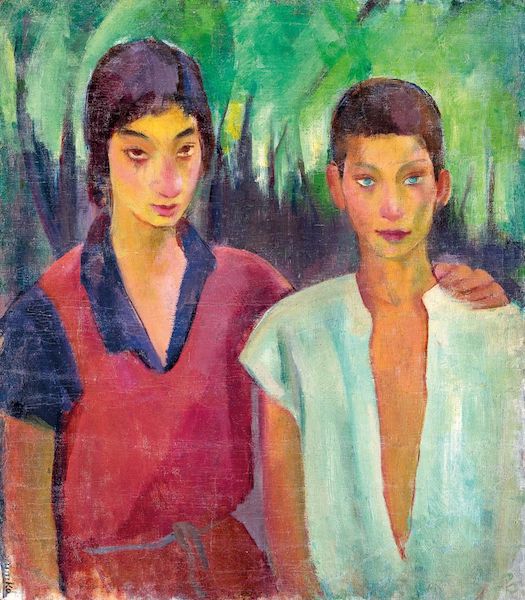
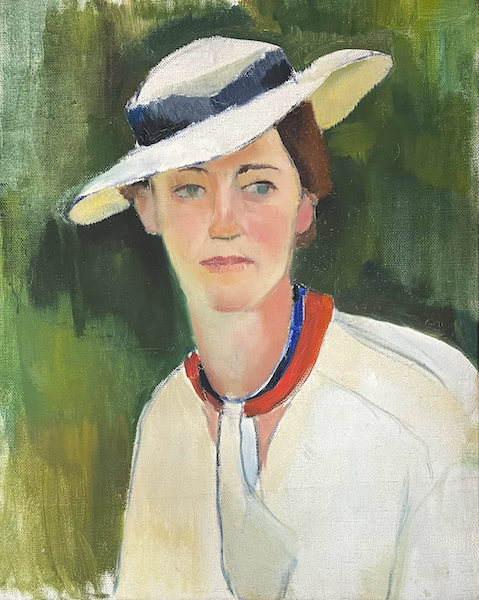
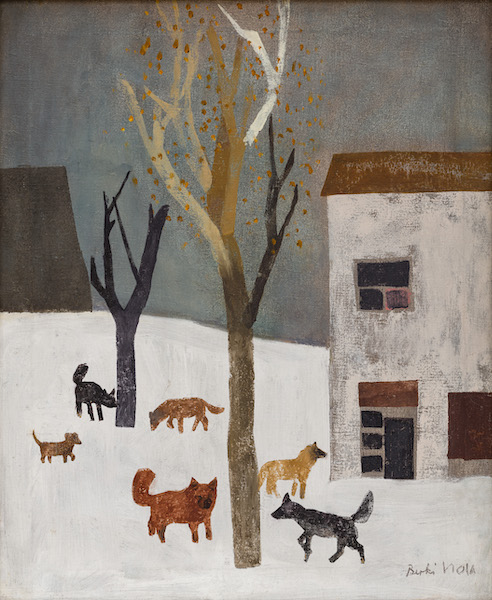
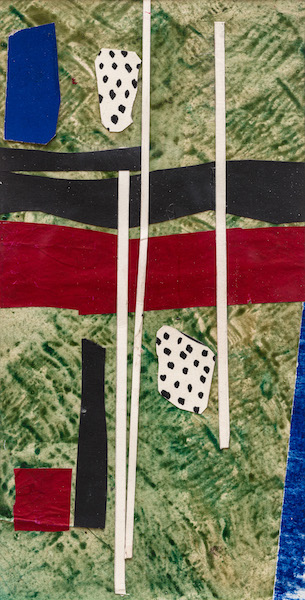
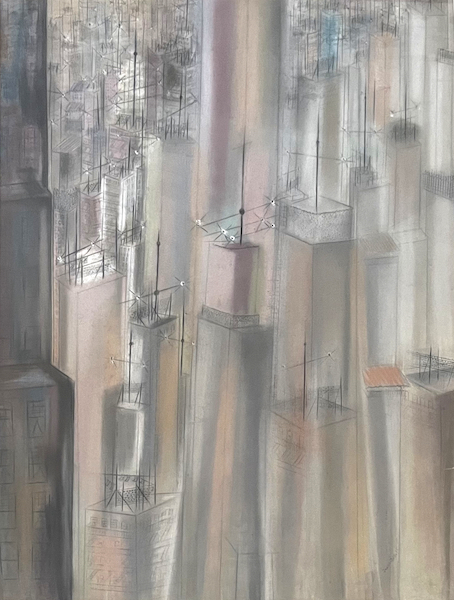
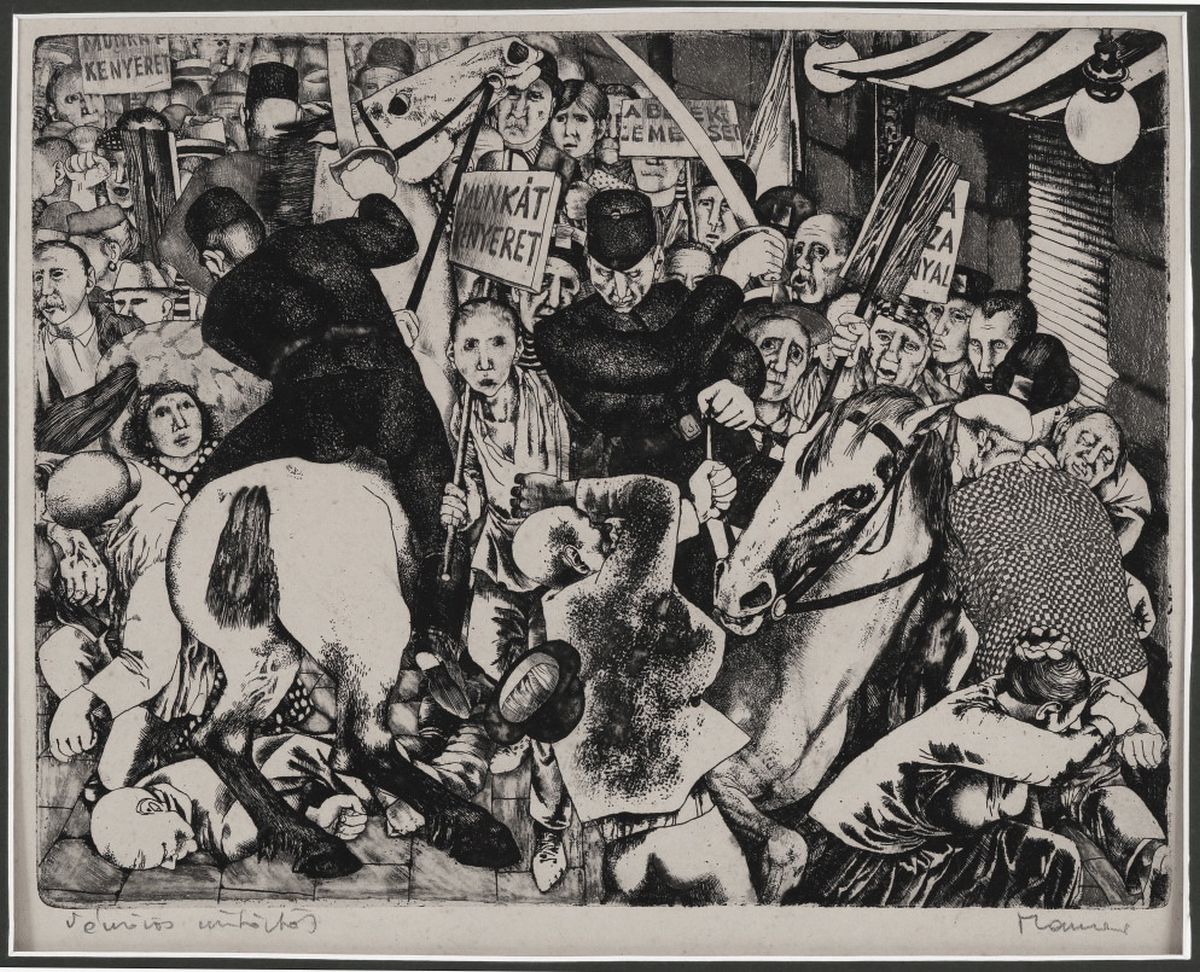
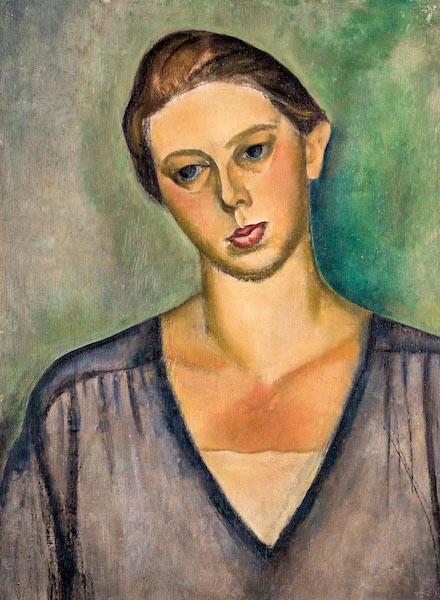
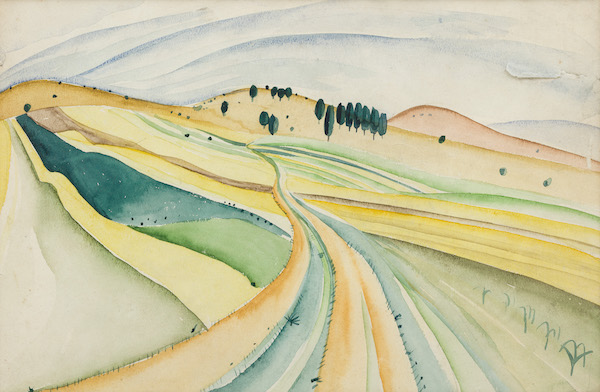
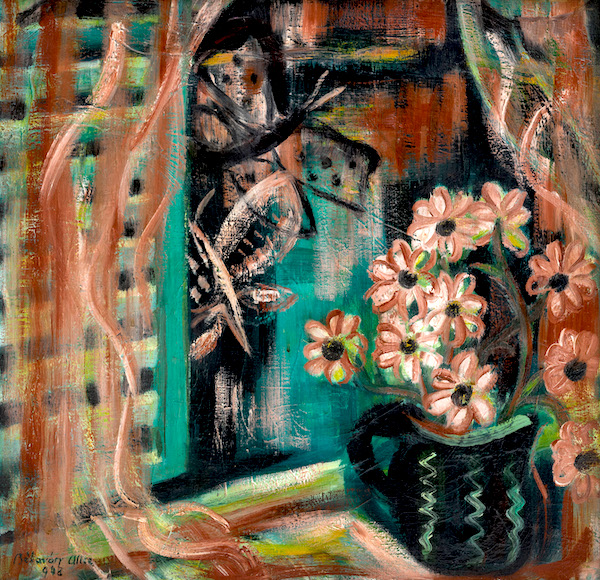
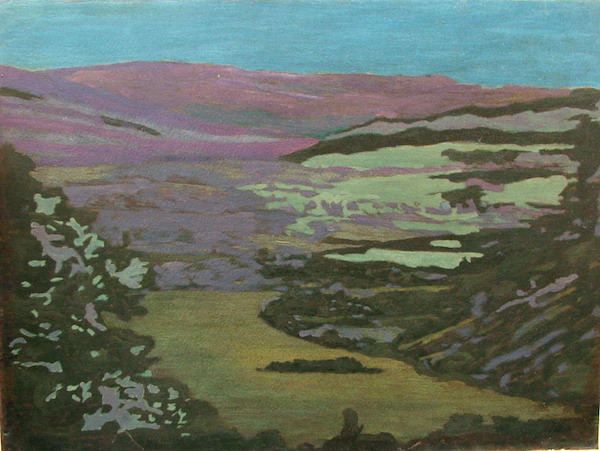
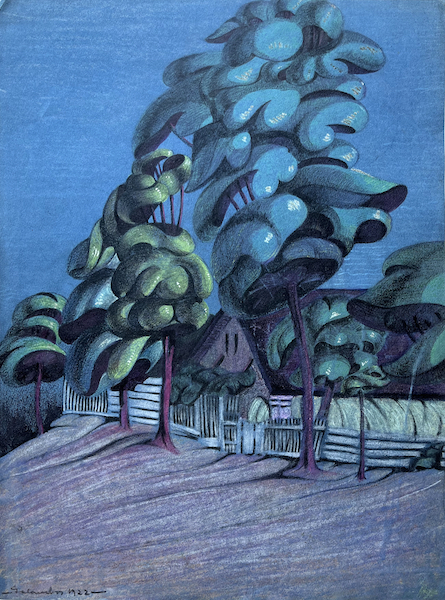
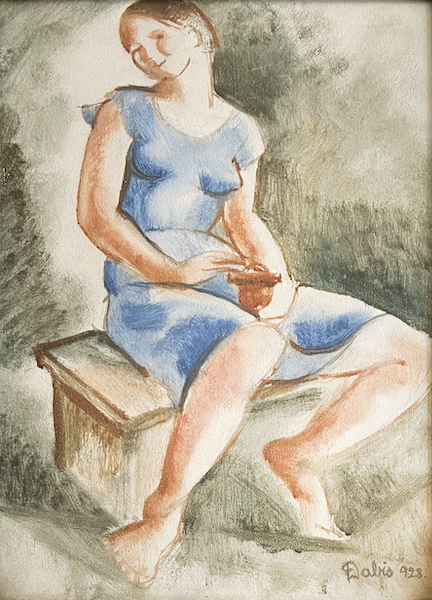
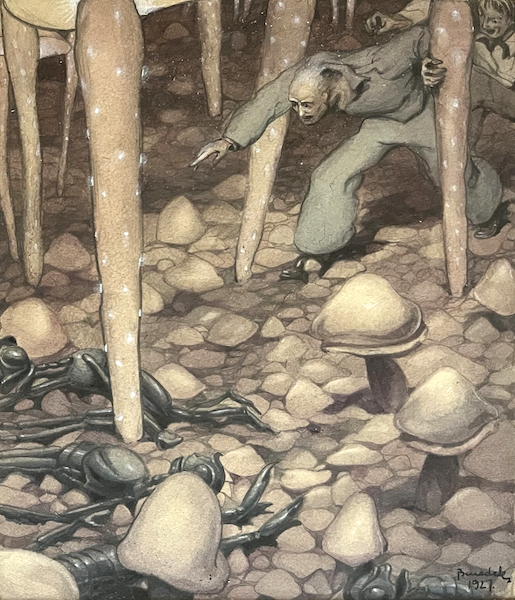
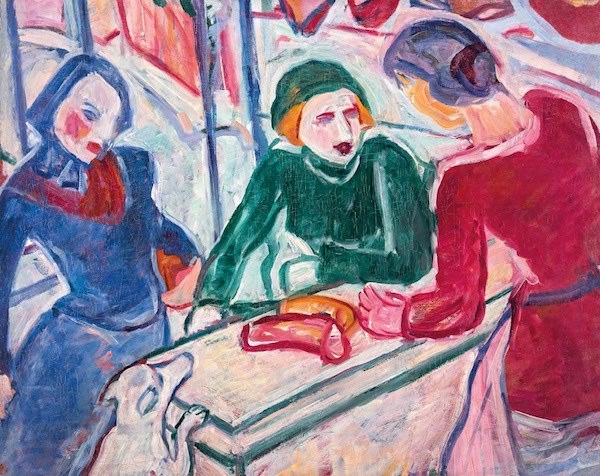
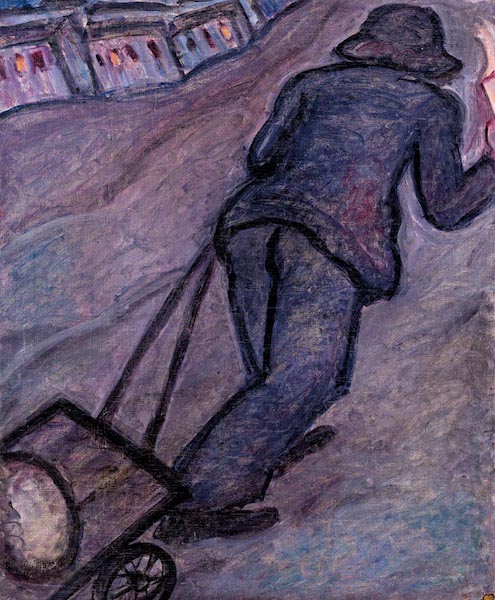
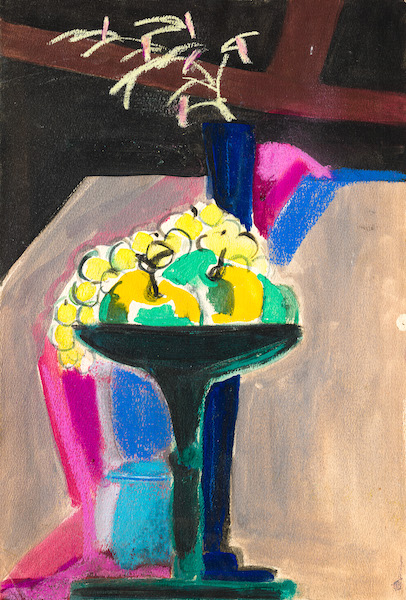
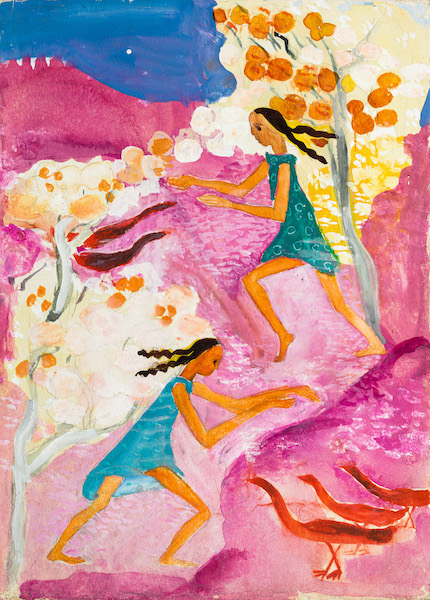
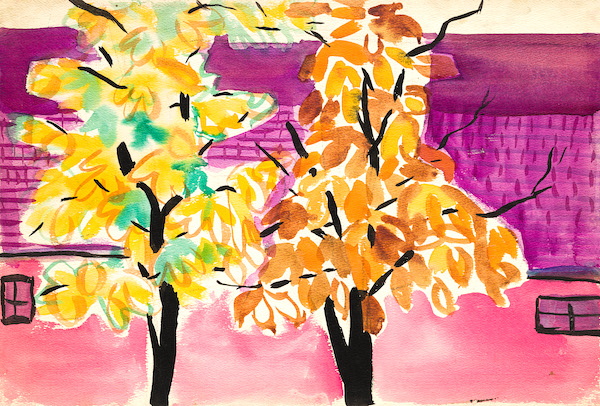
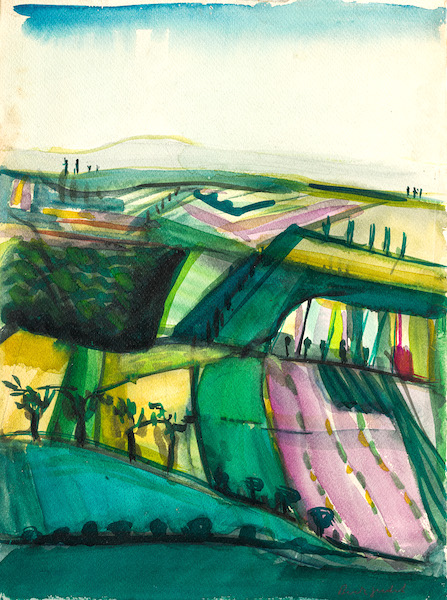
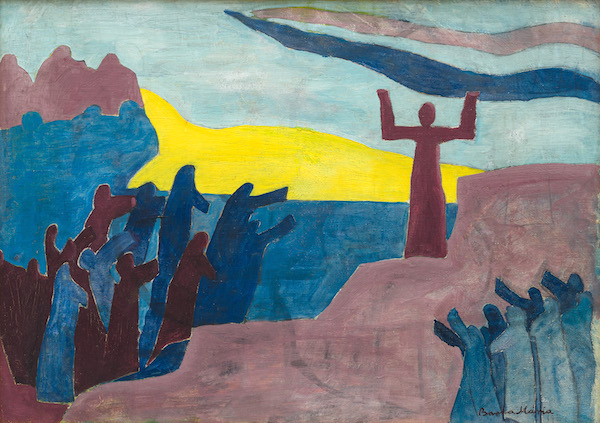
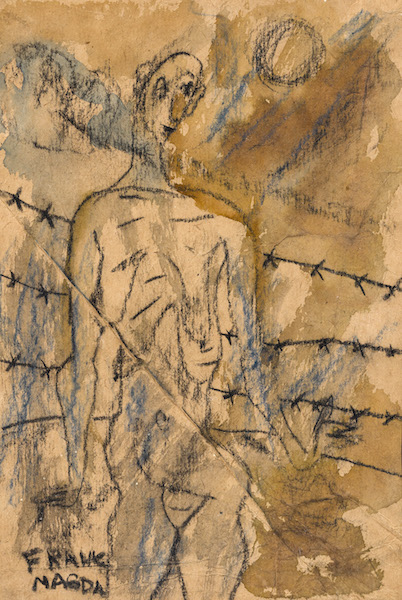
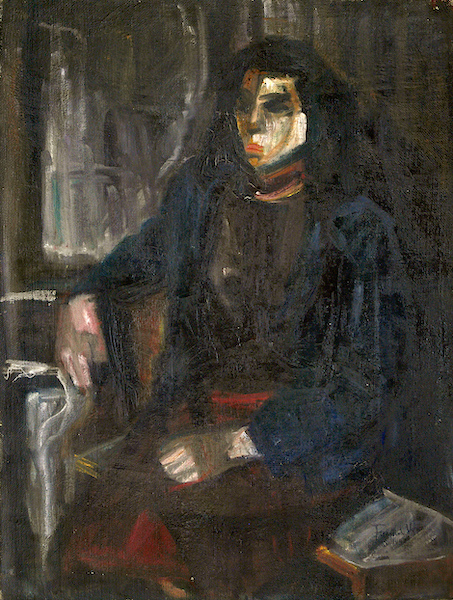
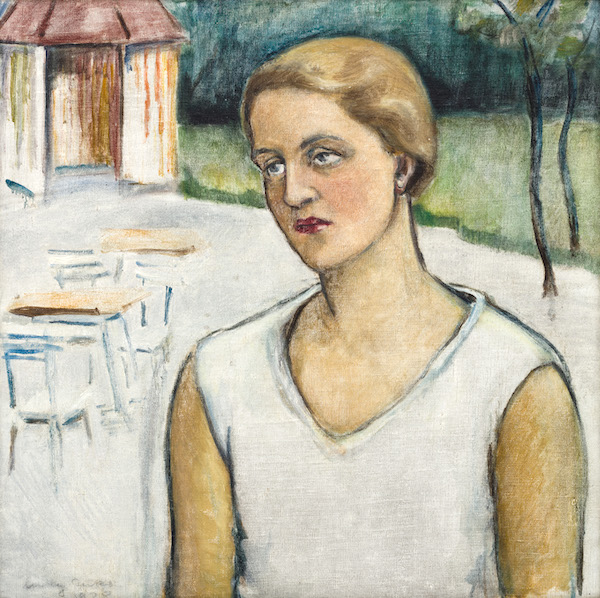
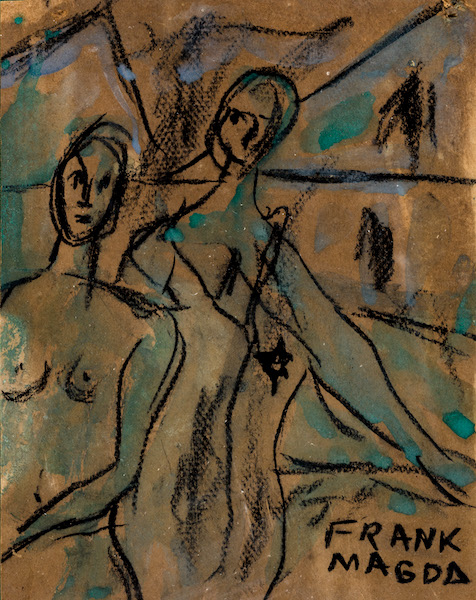
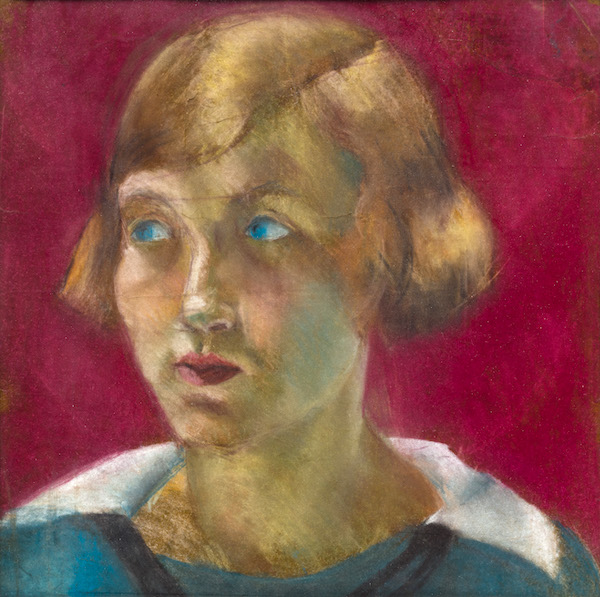
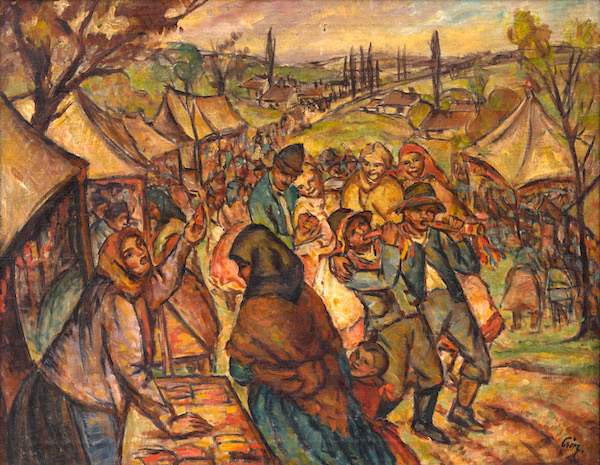
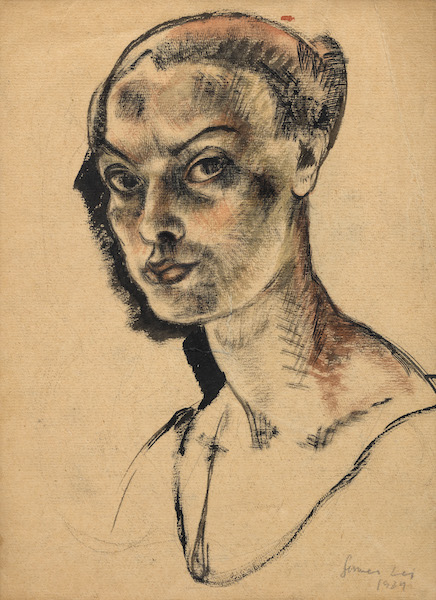
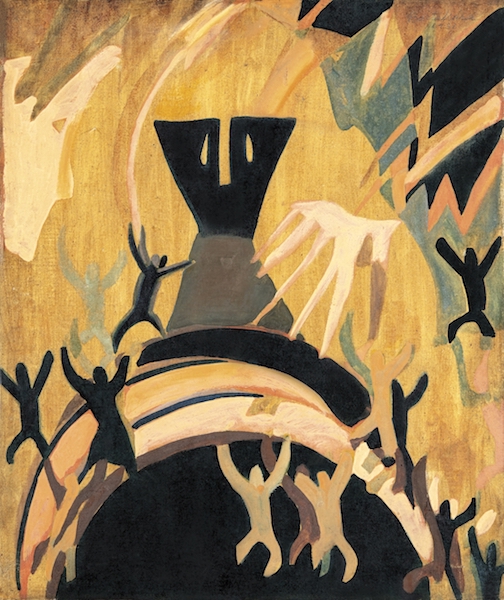
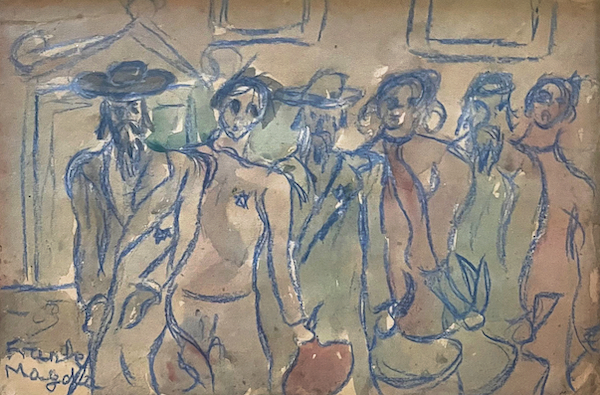
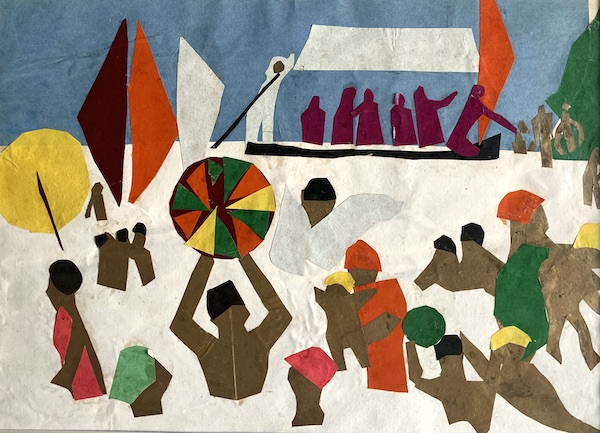
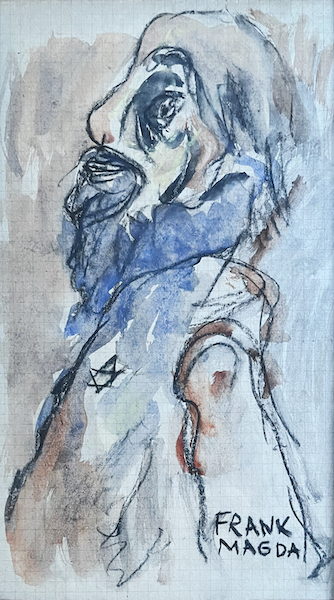

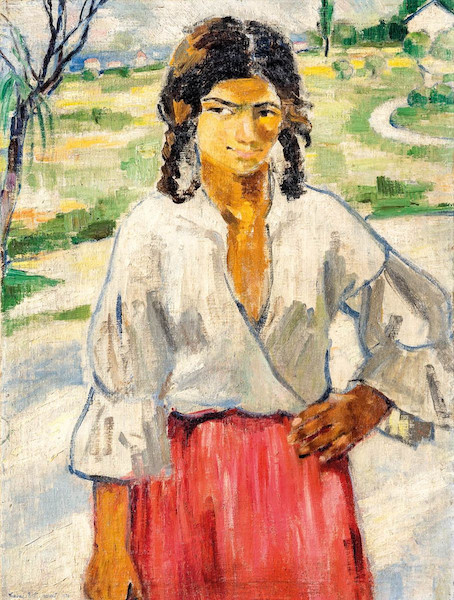
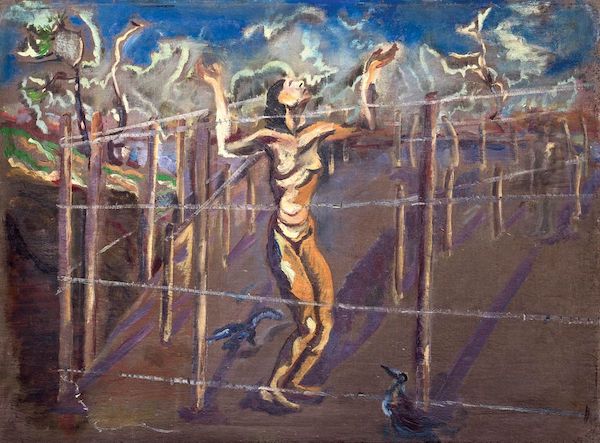
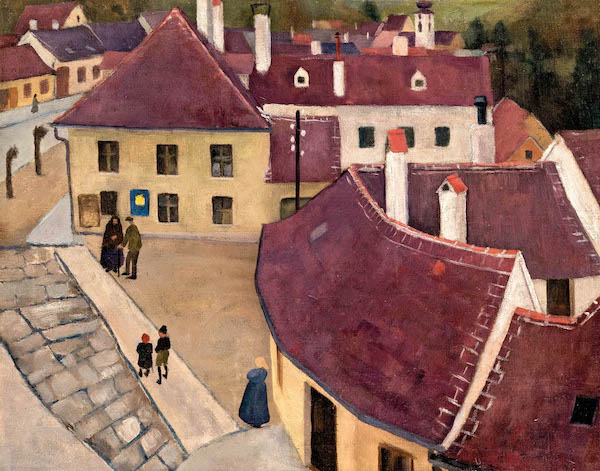
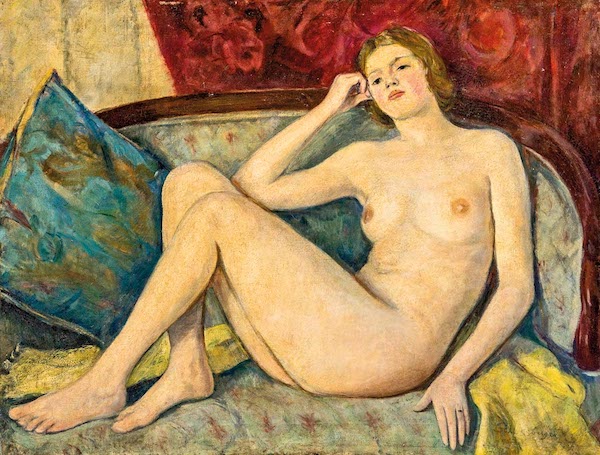
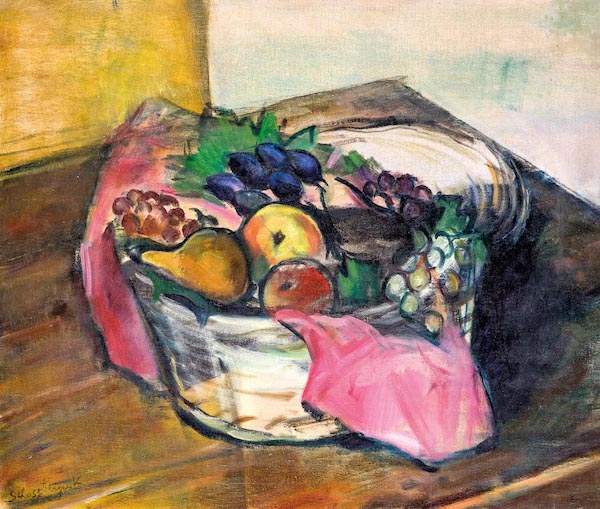
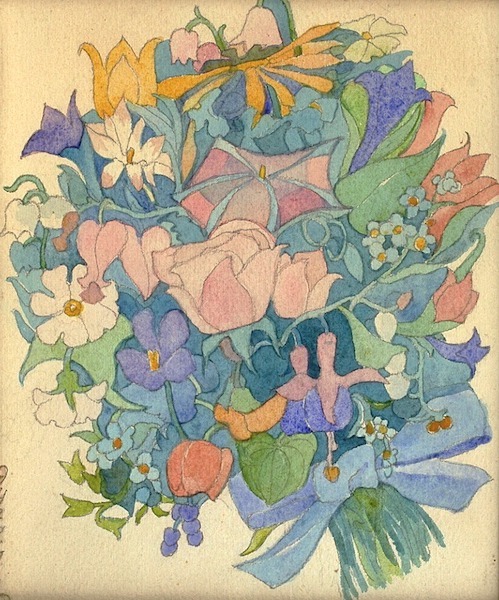
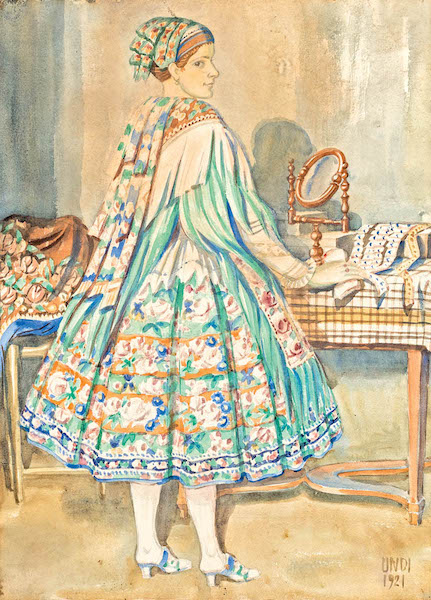
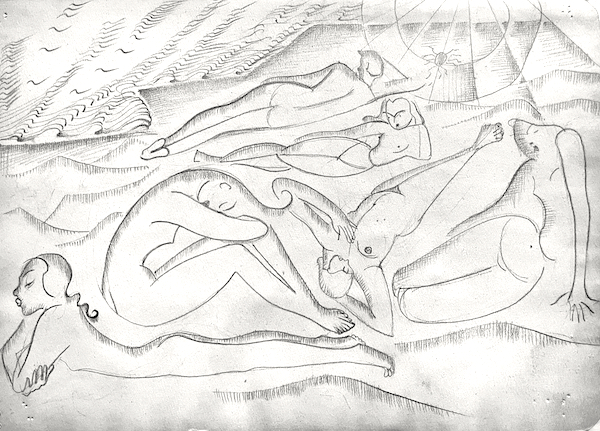
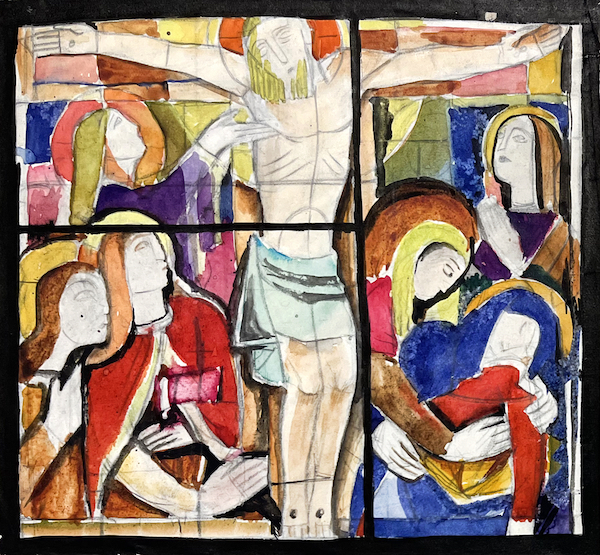
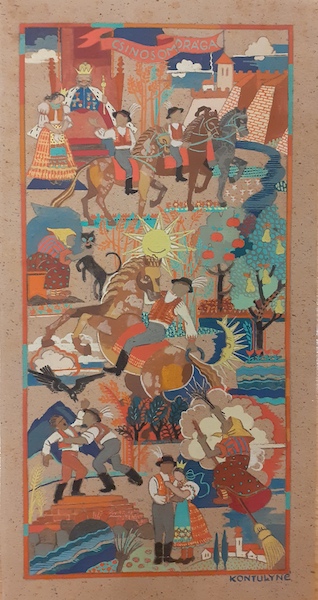
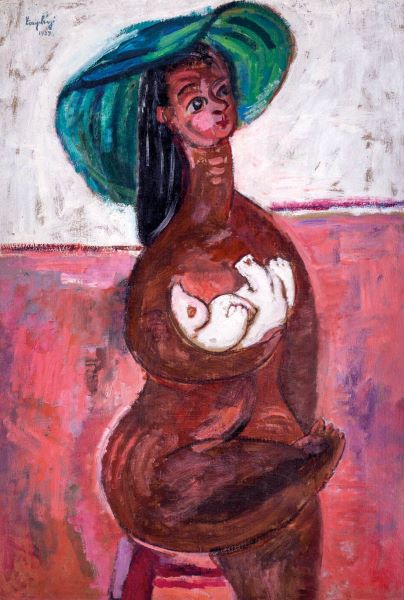
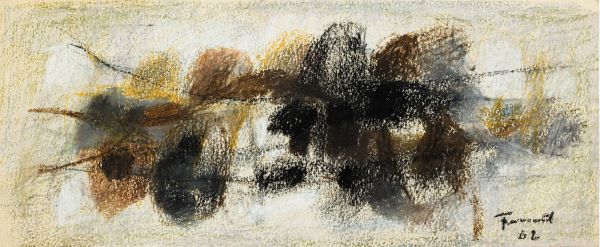
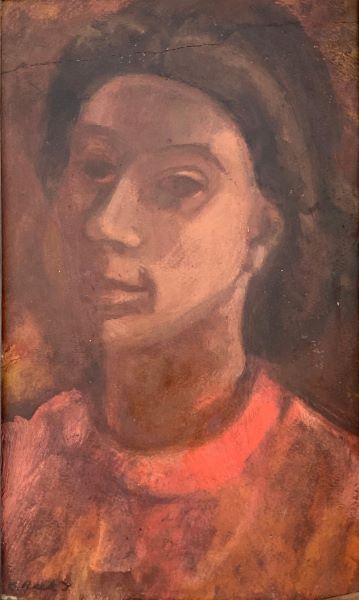
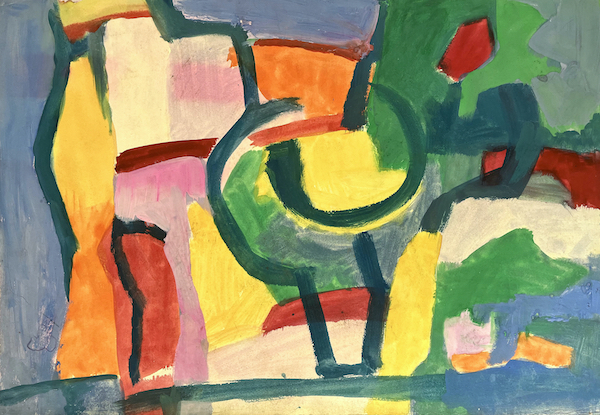
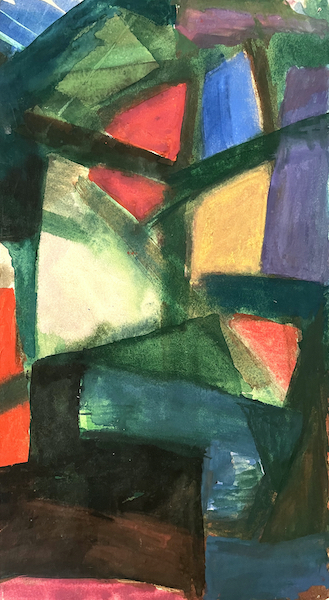
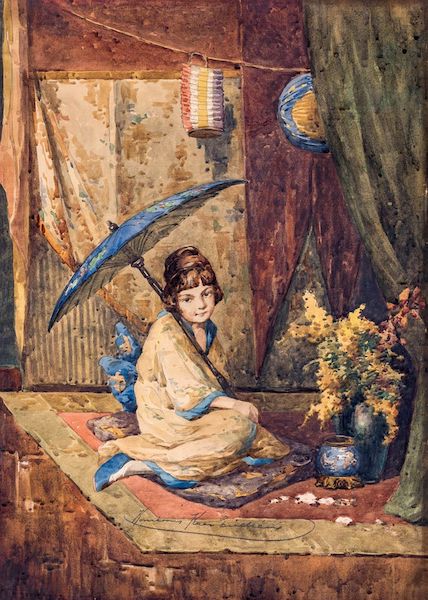
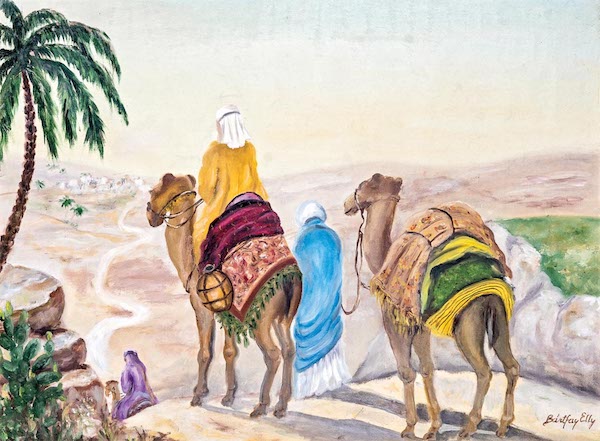
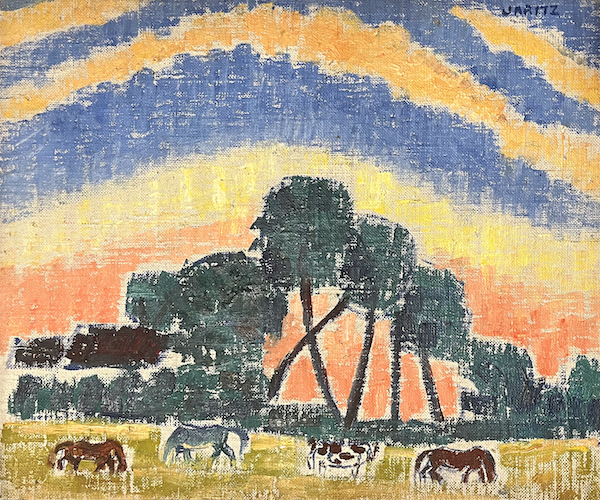
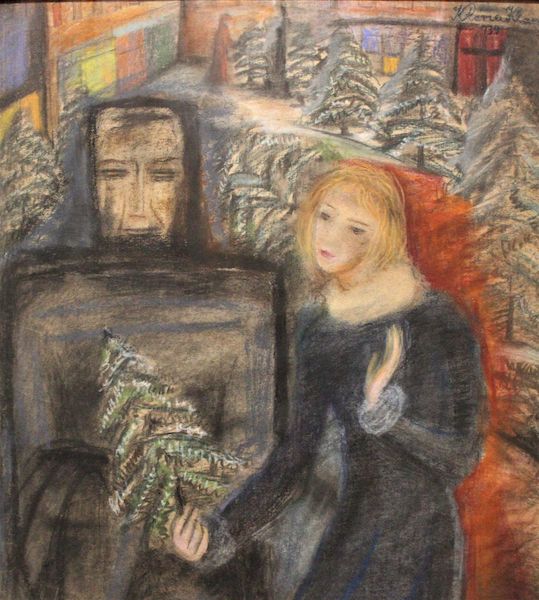
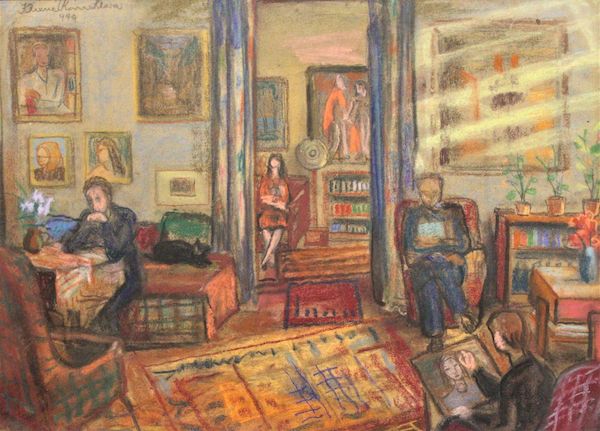.jpeg?locale=en)
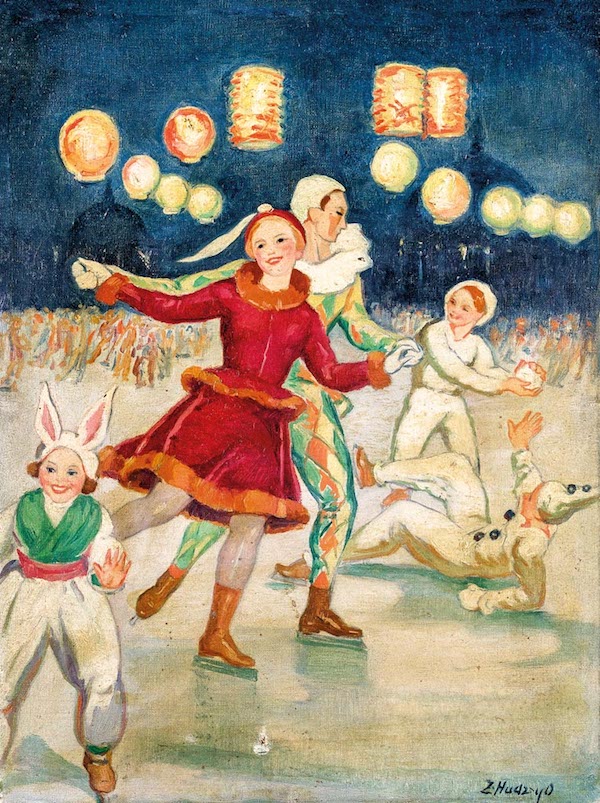
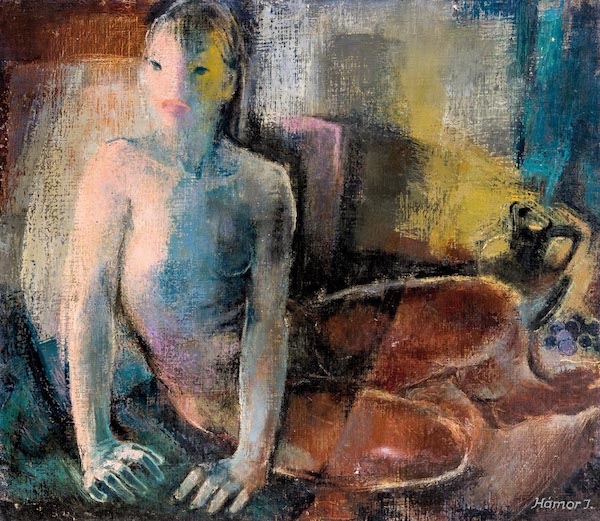
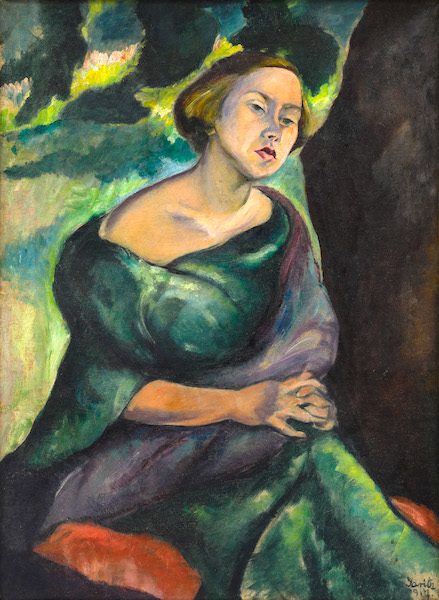
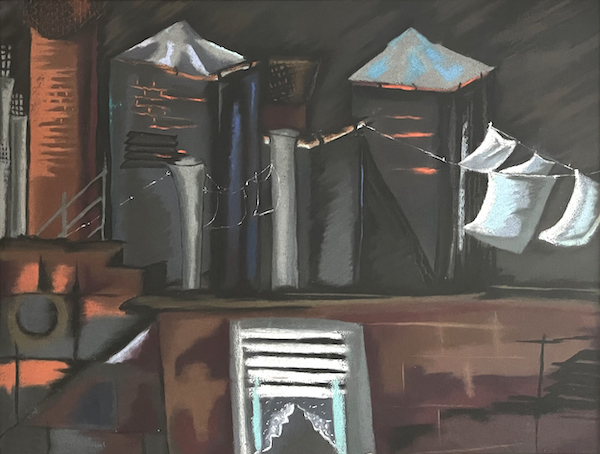
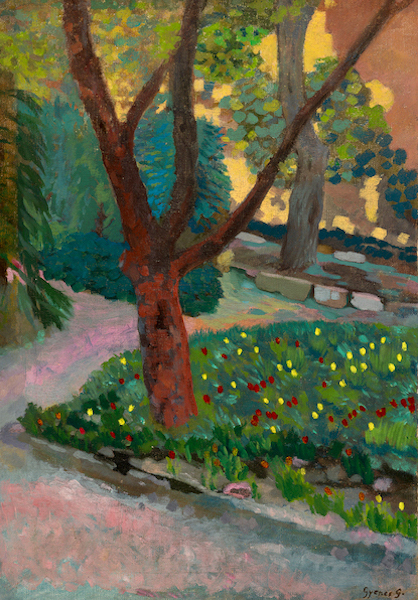
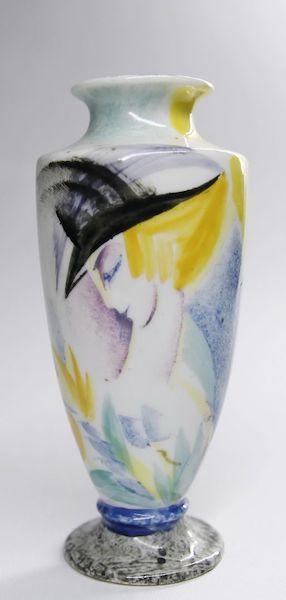
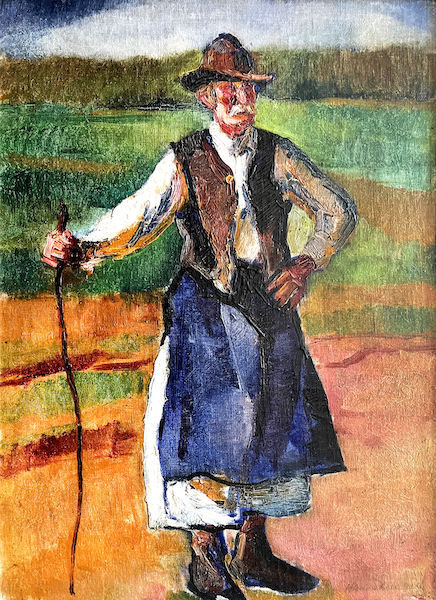
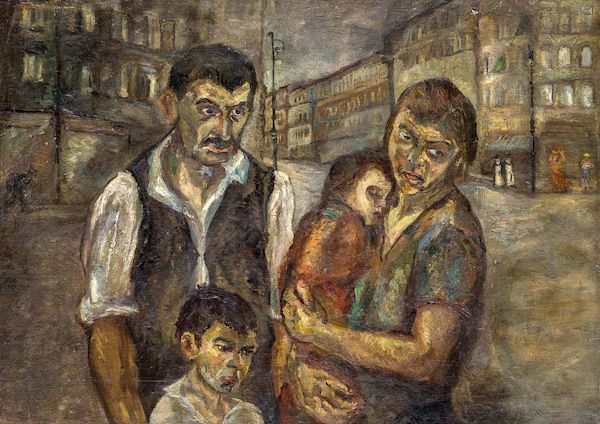
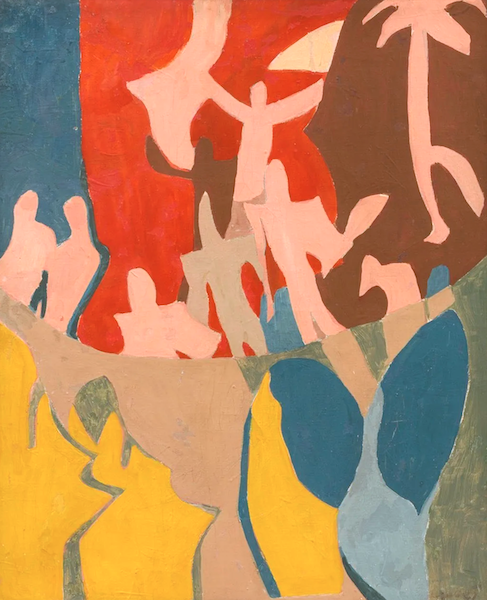
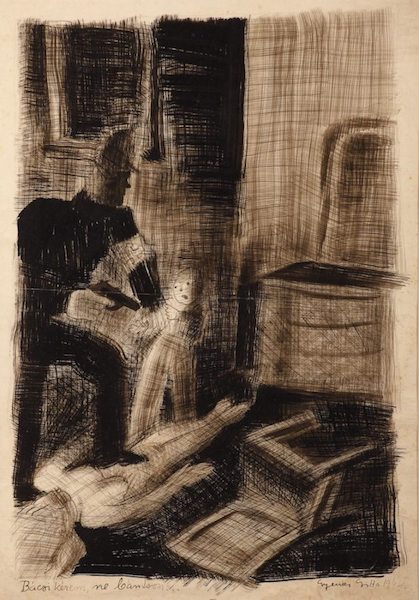
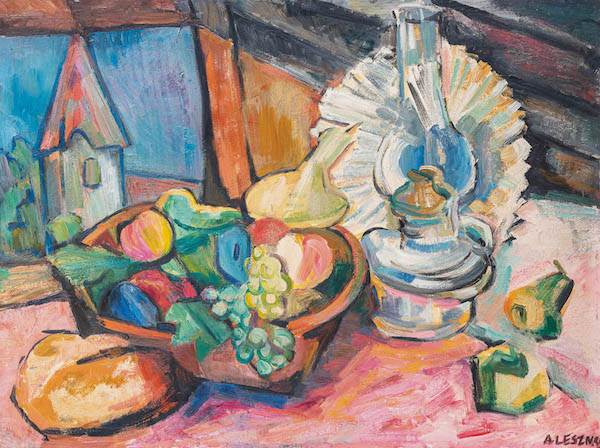
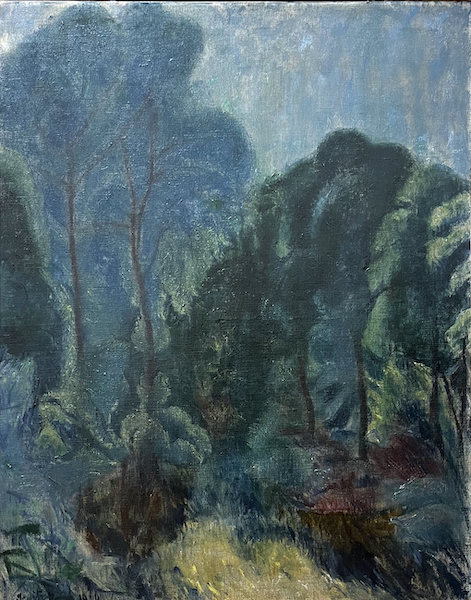
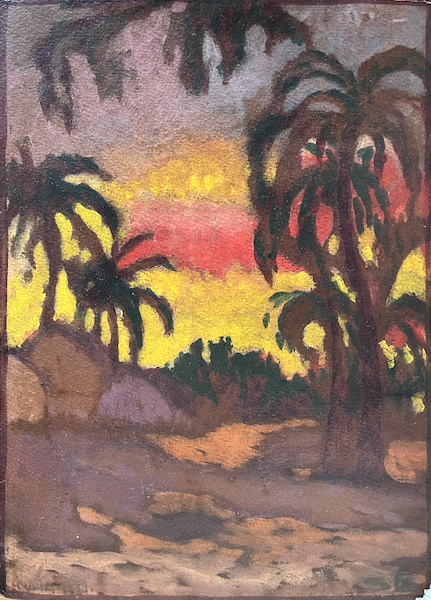
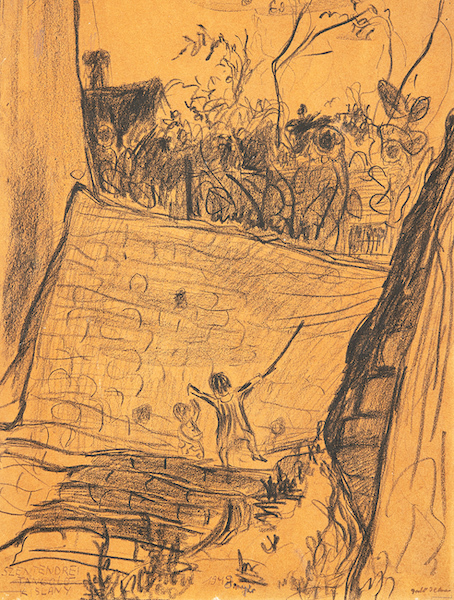
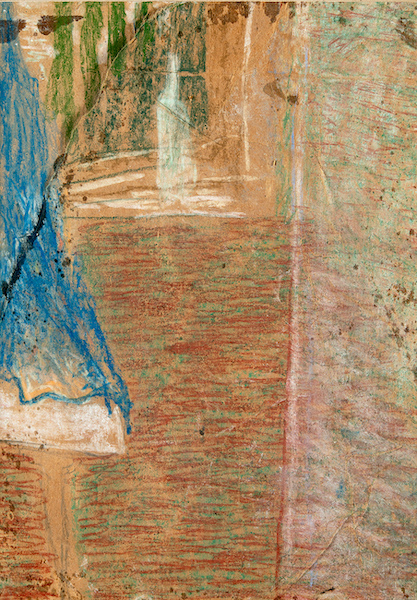
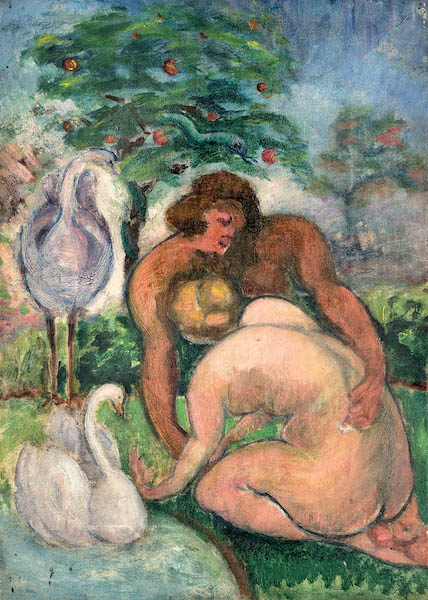
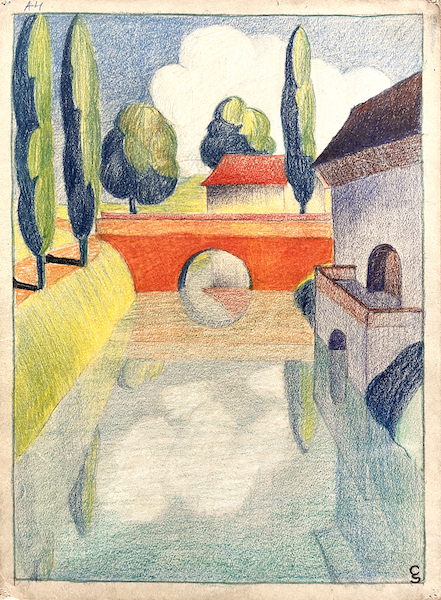
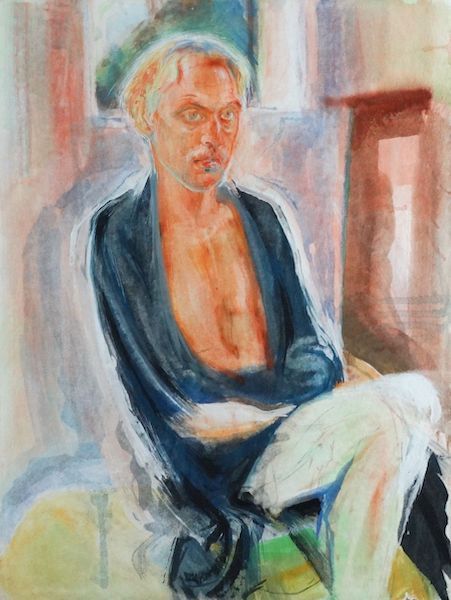
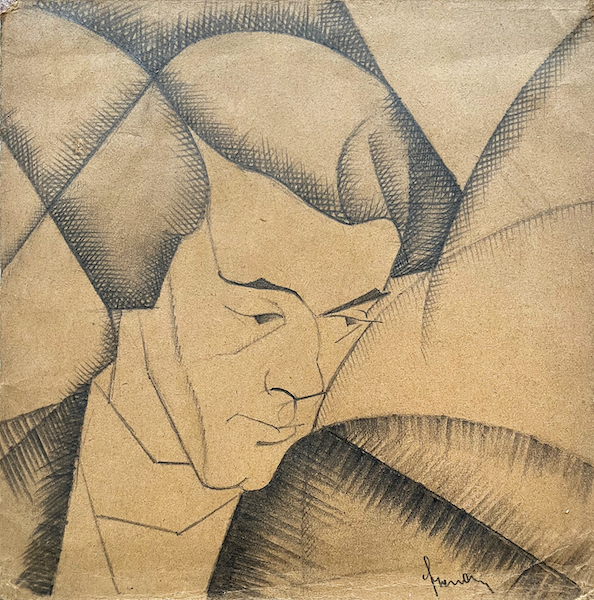
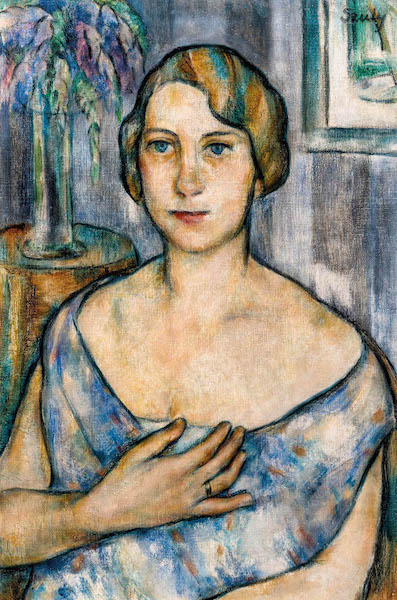
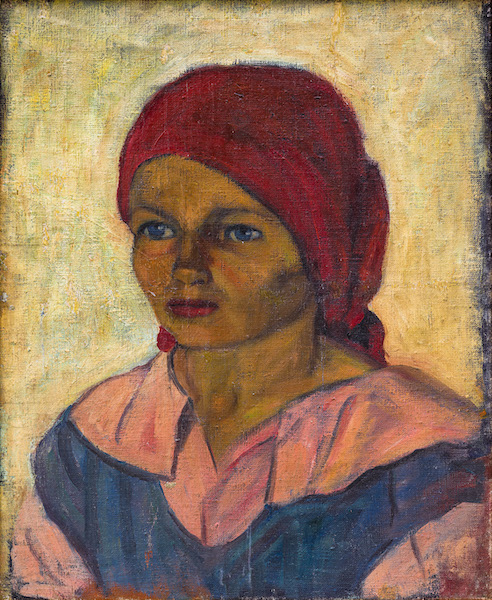
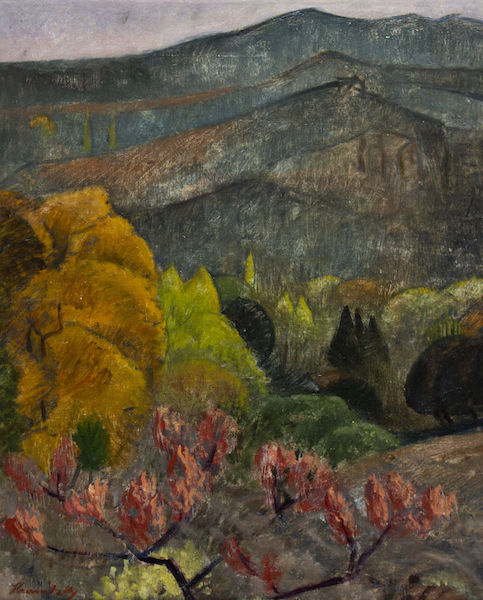.jpeg?locale=en)
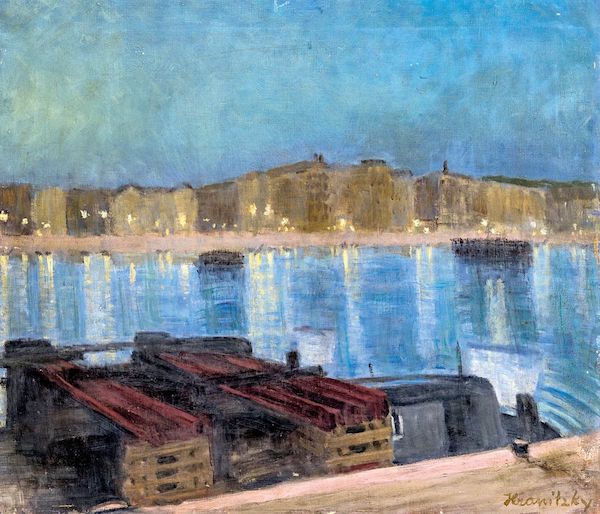
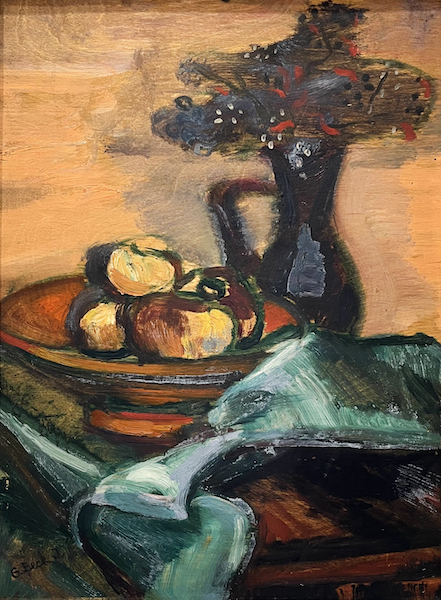
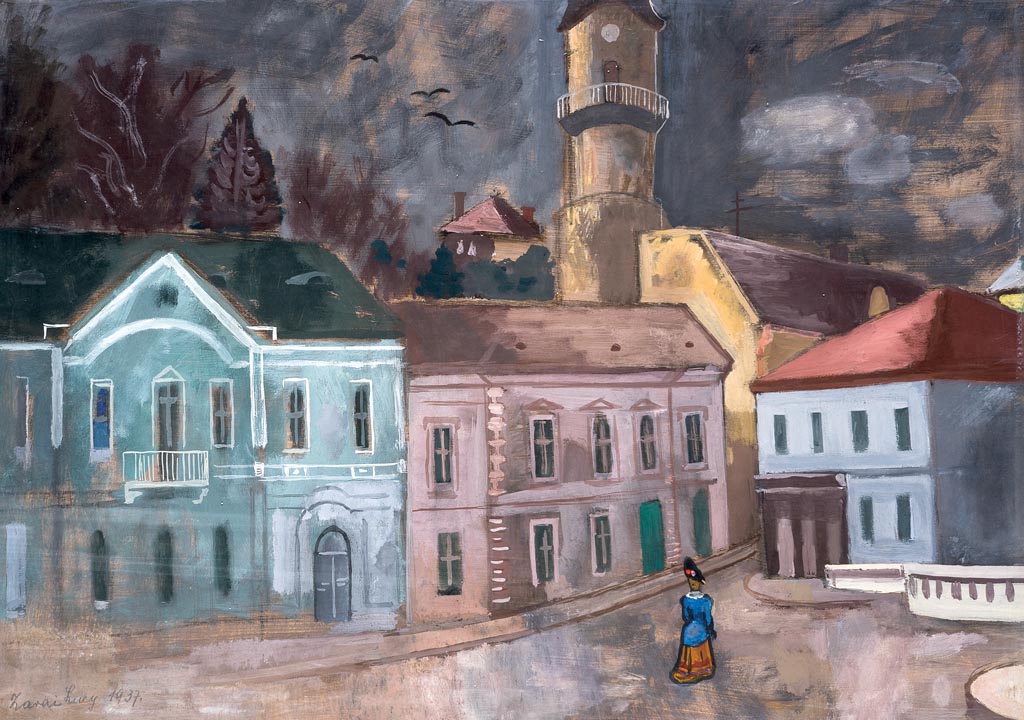
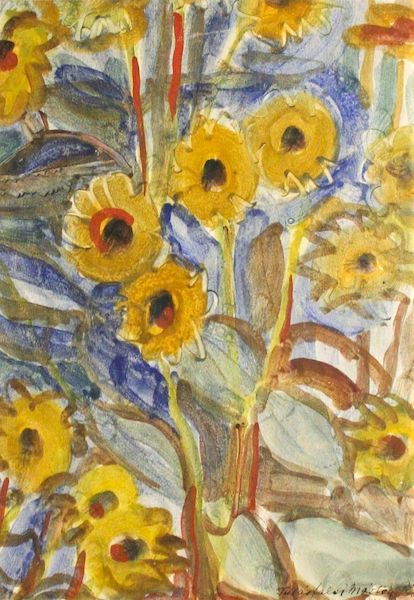
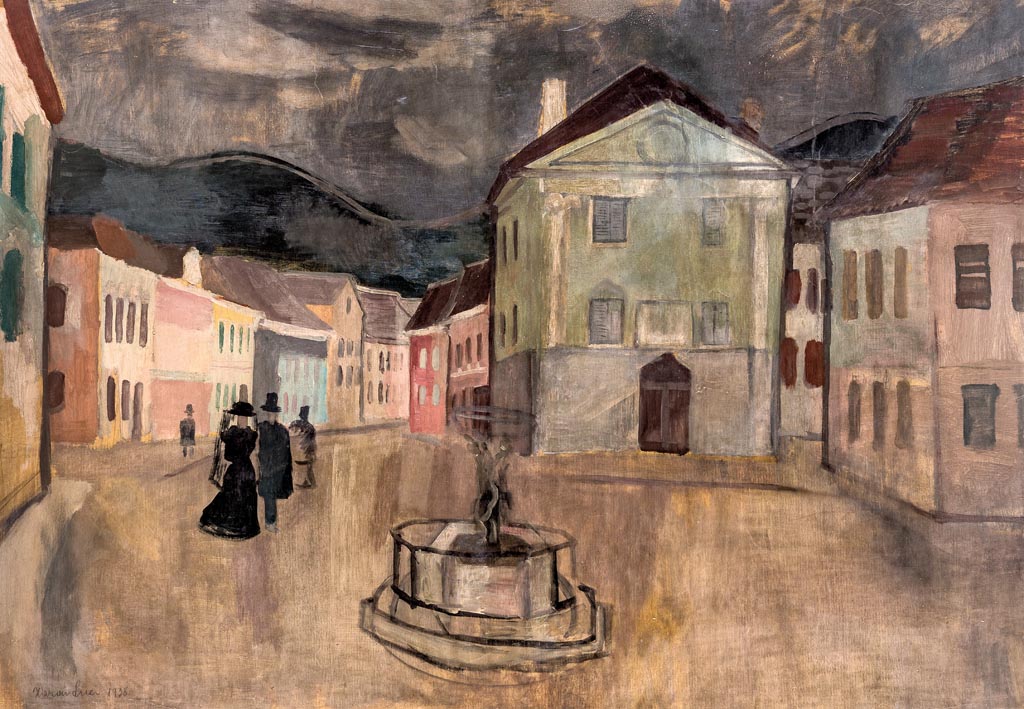
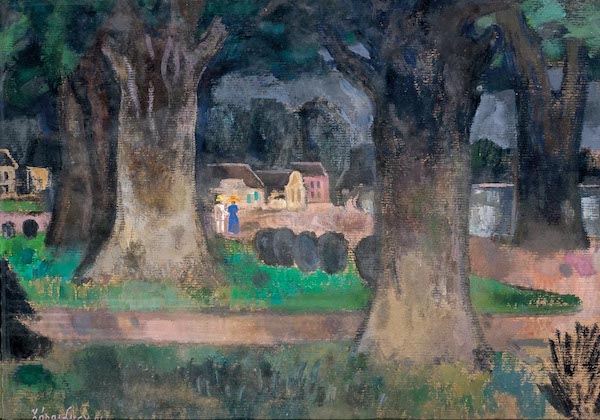
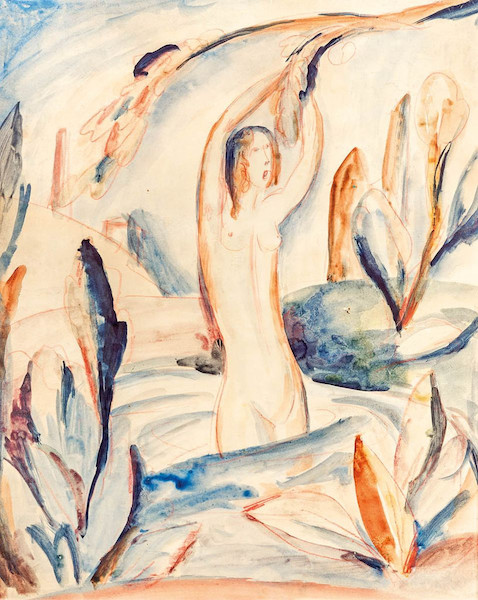
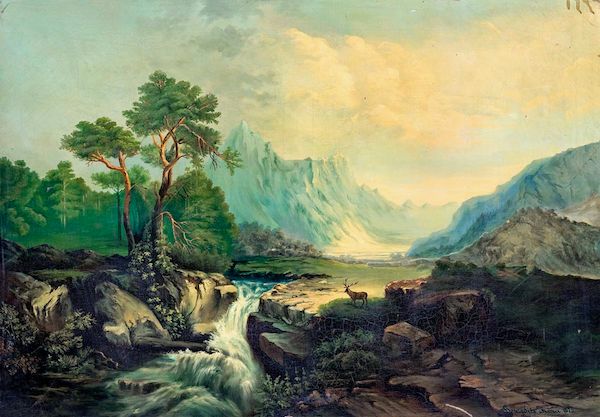
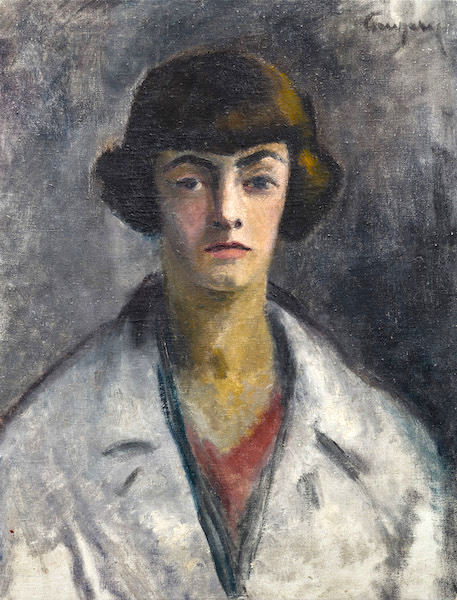

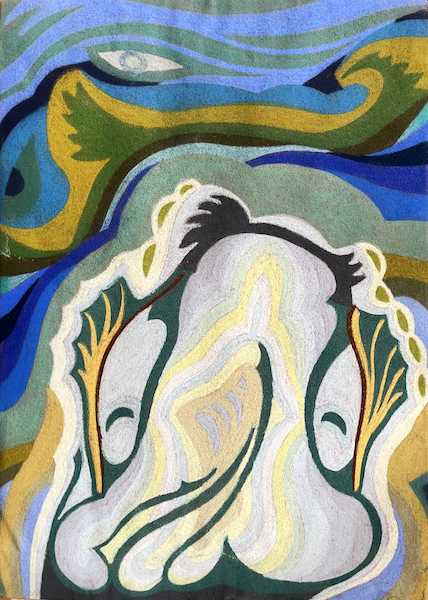
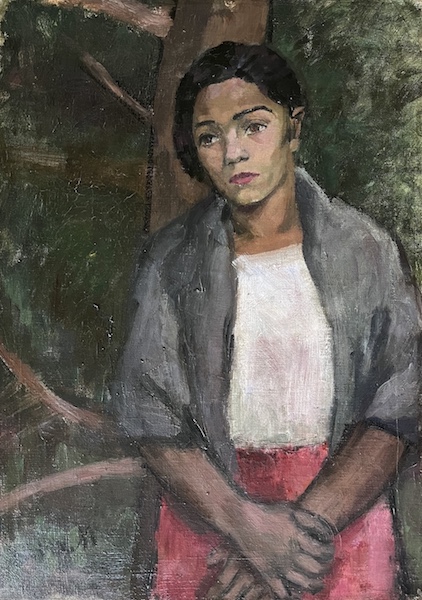.jpg?locale=en)
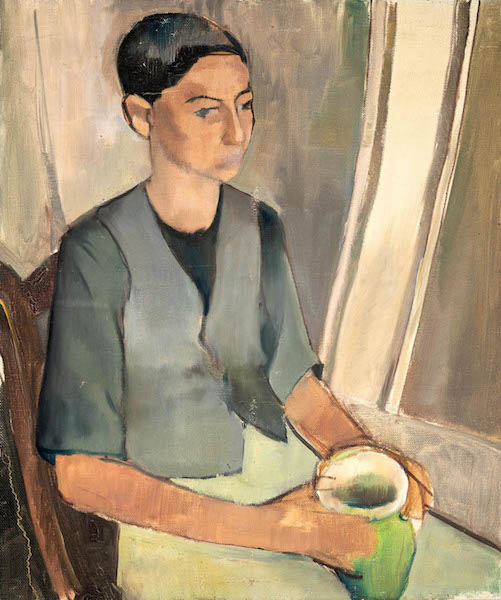n.jpeg?locale=en)
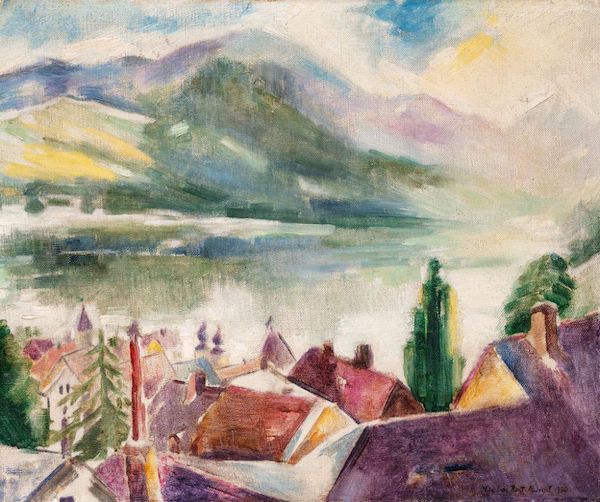
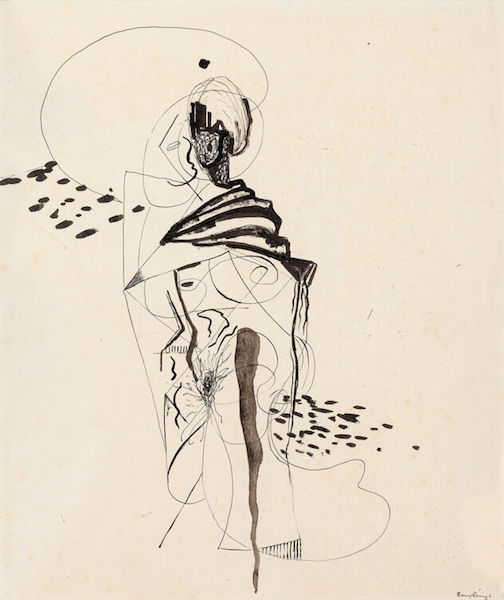
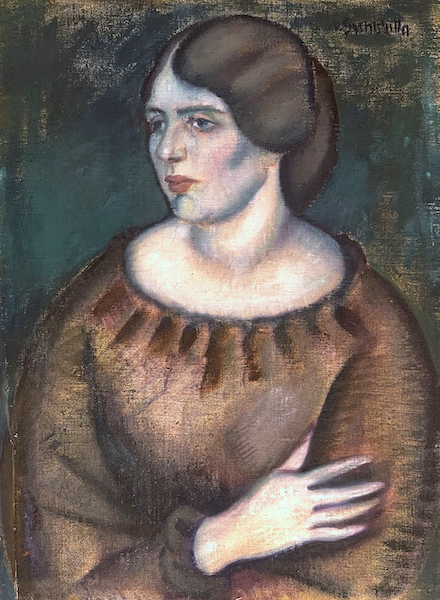
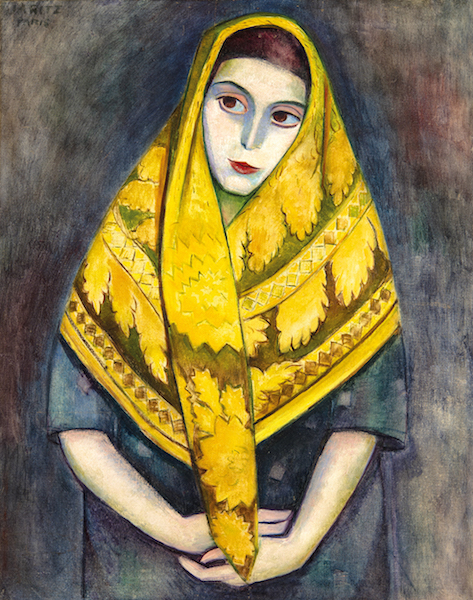
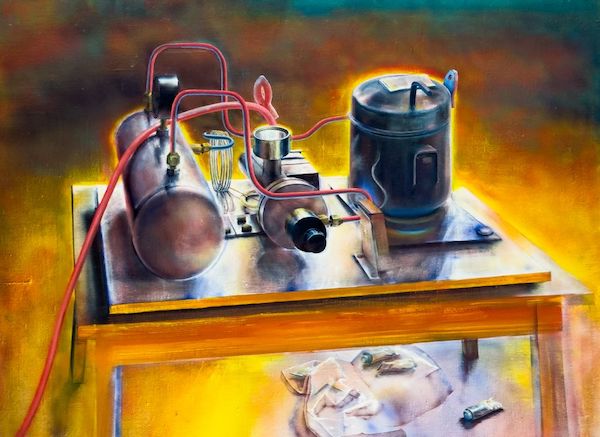
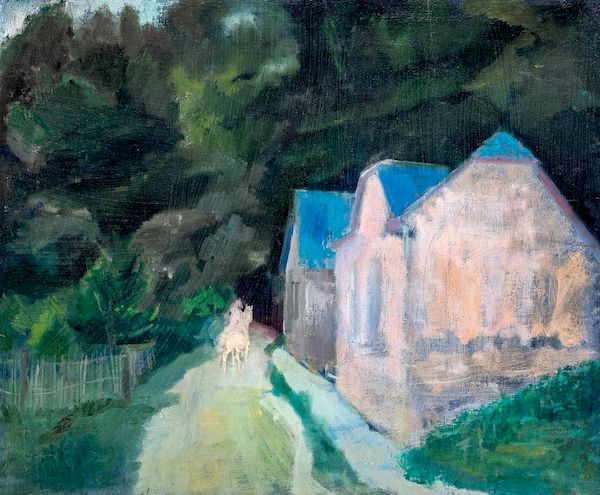
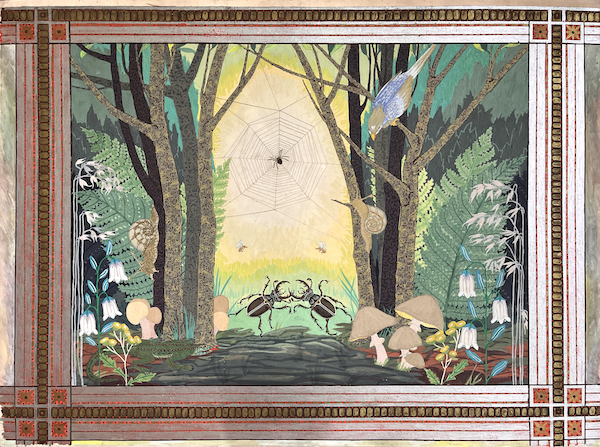
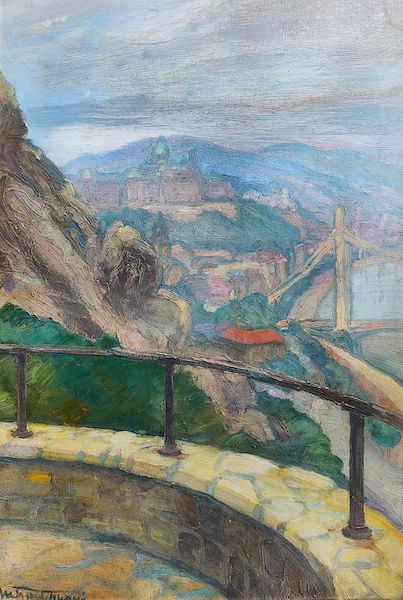
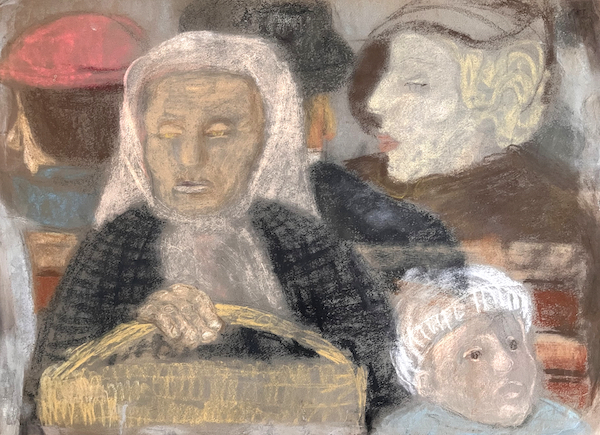
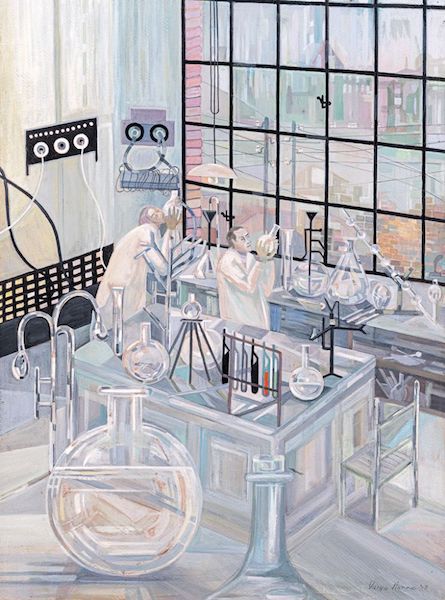
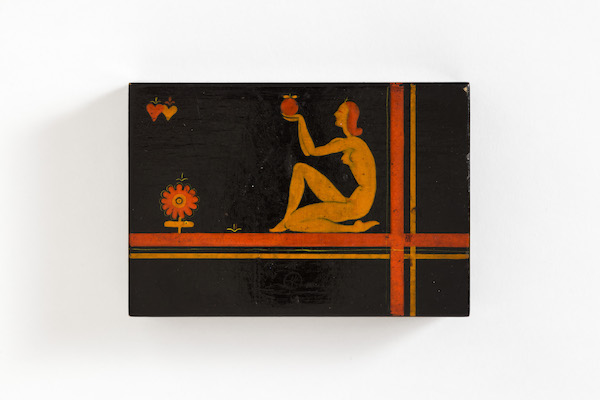
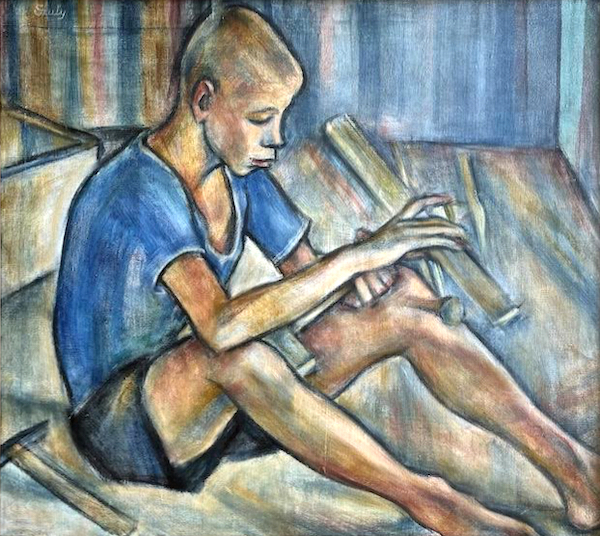%201930k.jpg?locale=en)
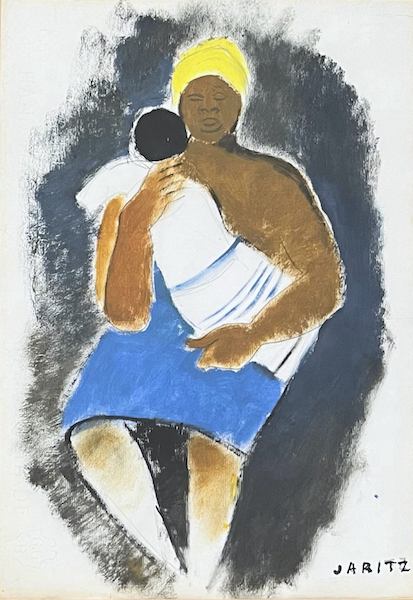
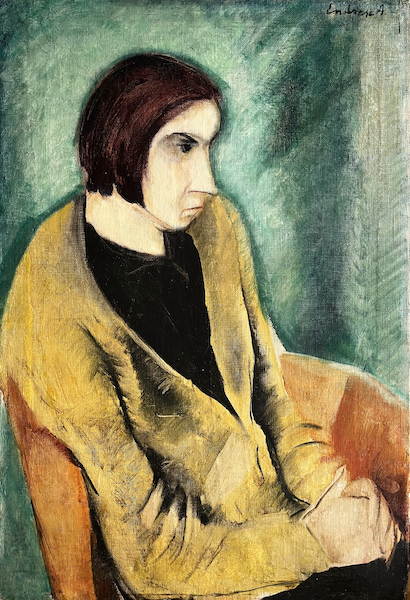
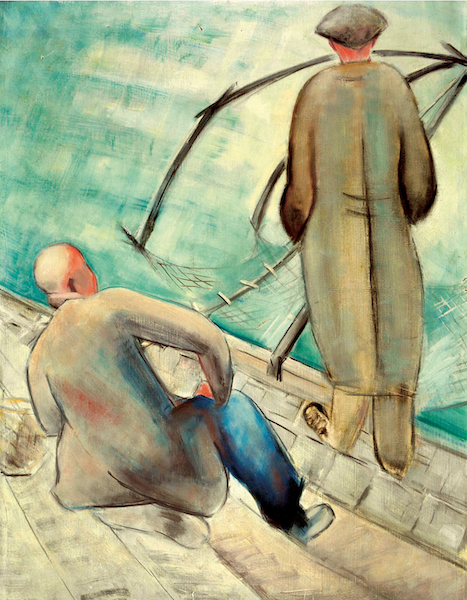
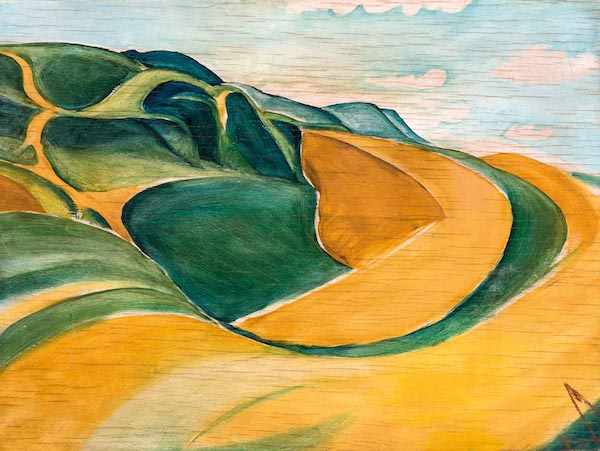
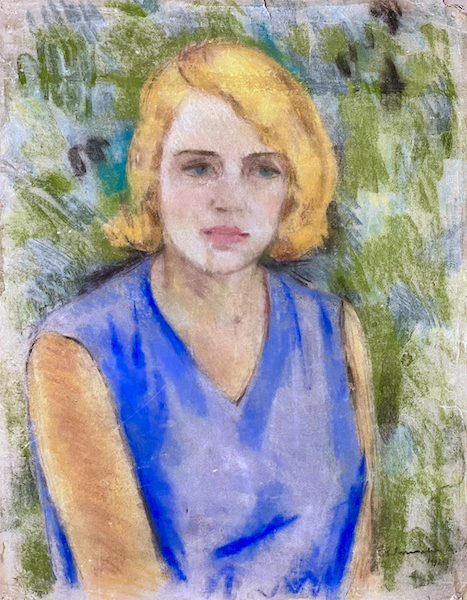
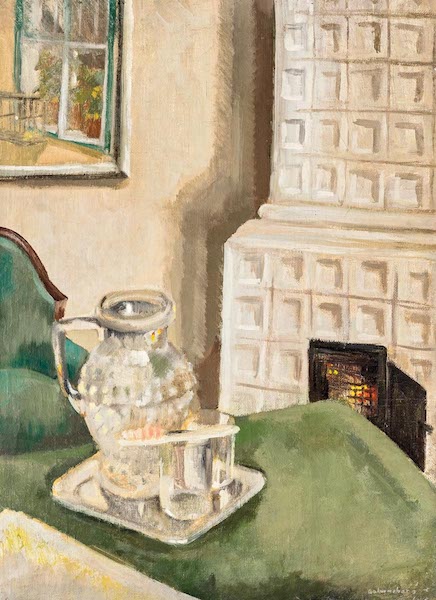
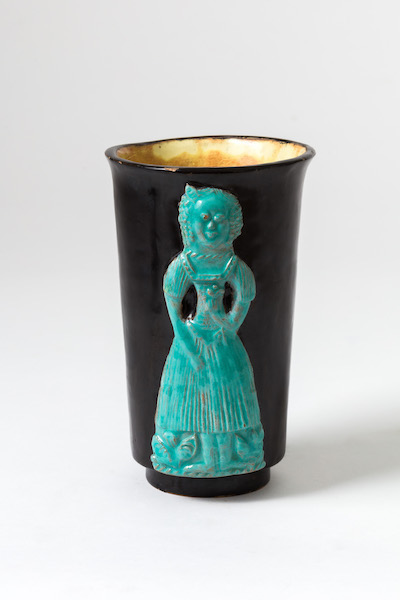
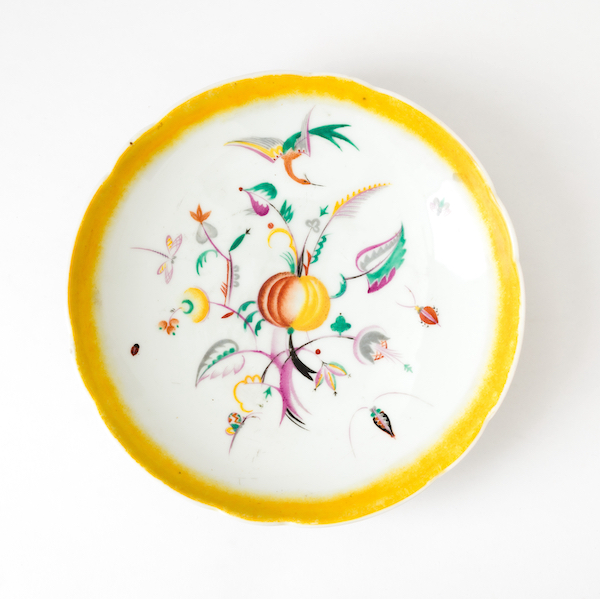
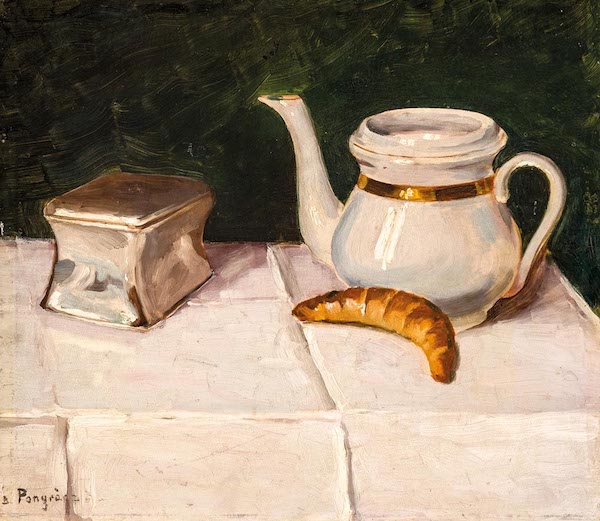
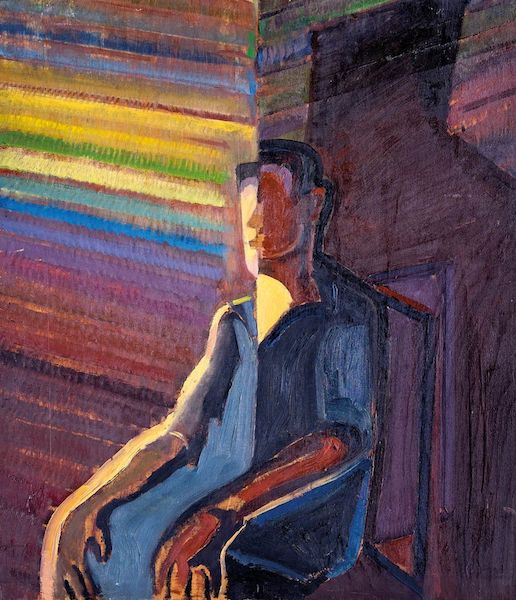.jpeg?locale=en)
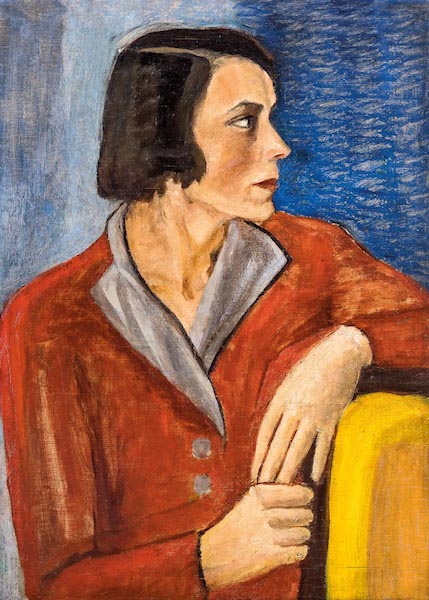
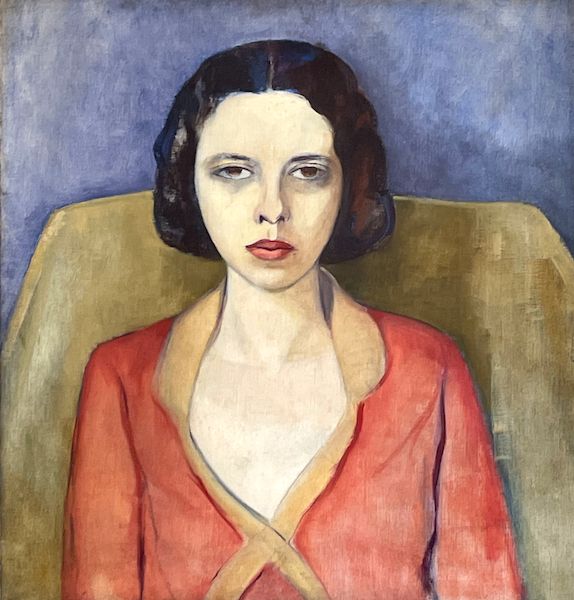
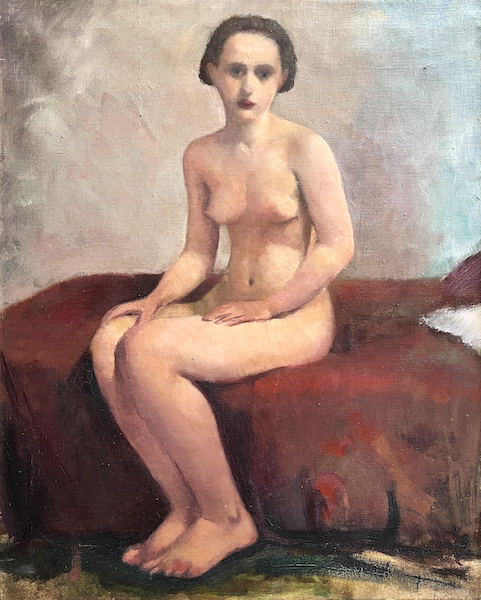
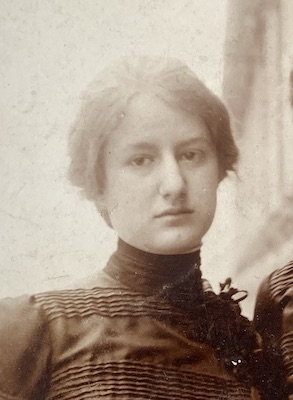
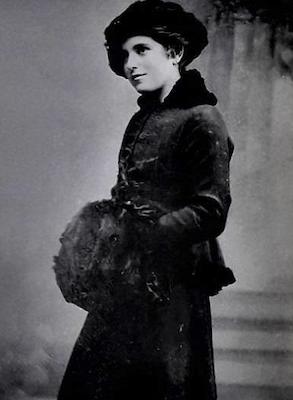
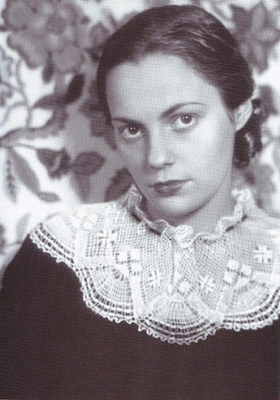
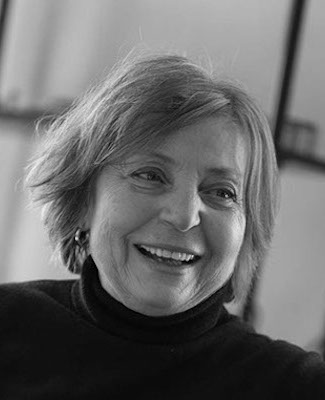
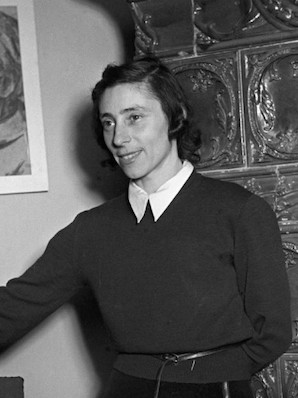
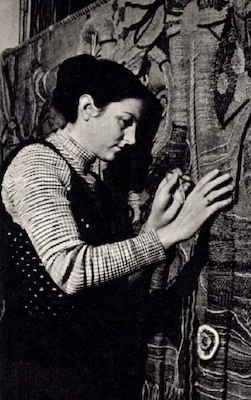
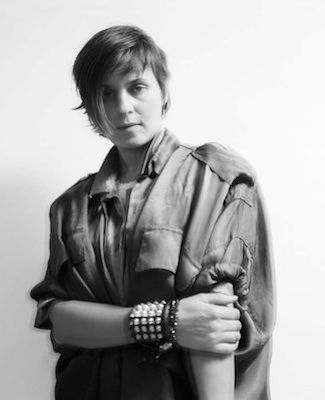
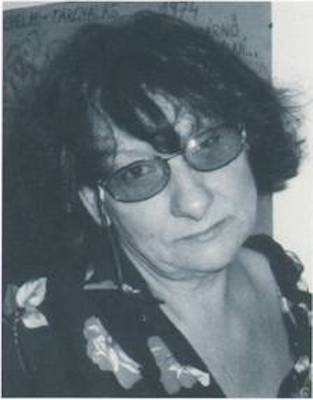
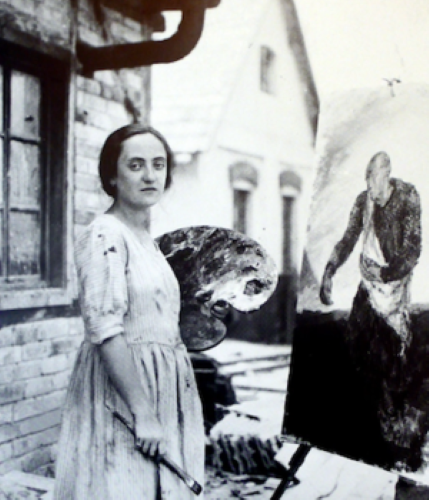
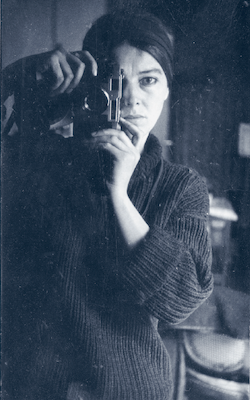
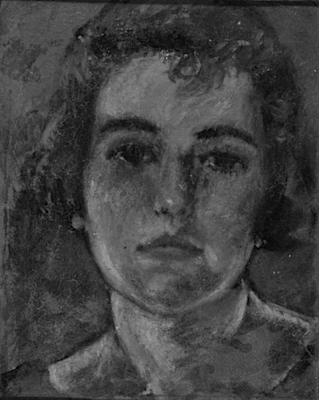
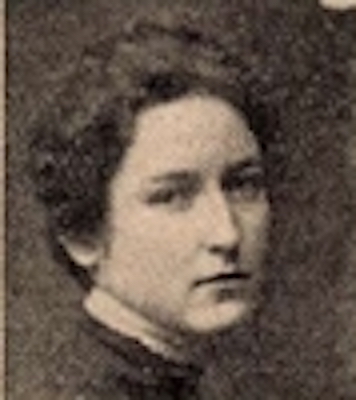
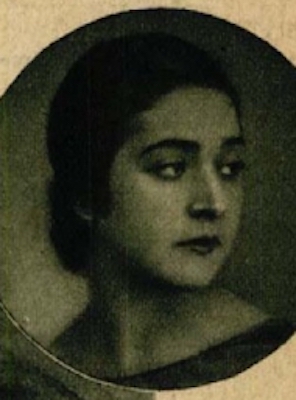
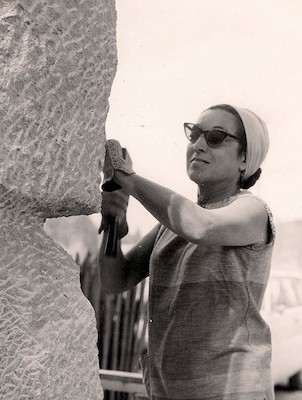
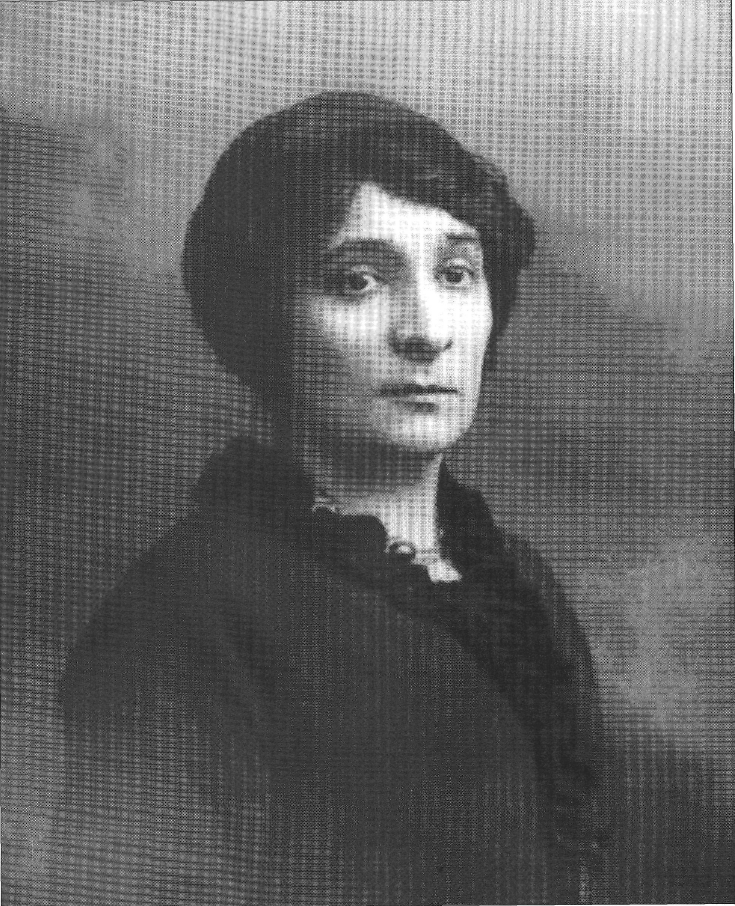
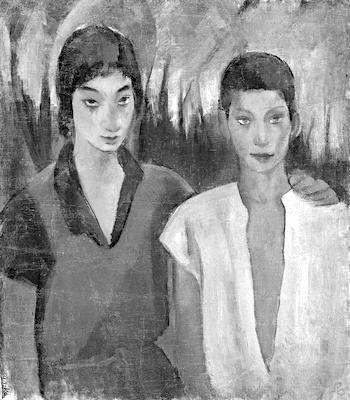
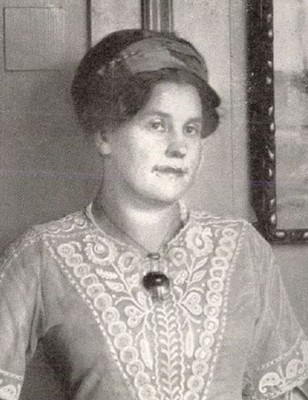
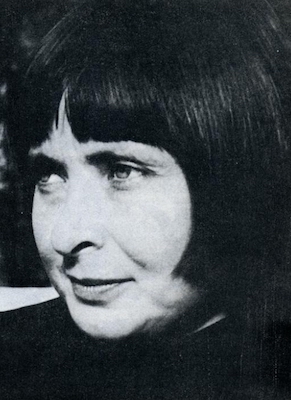
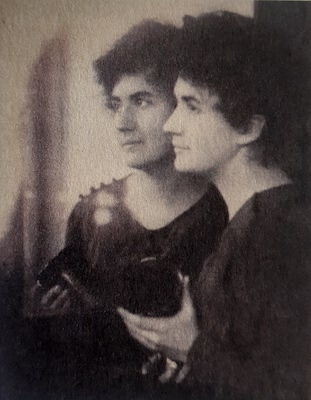
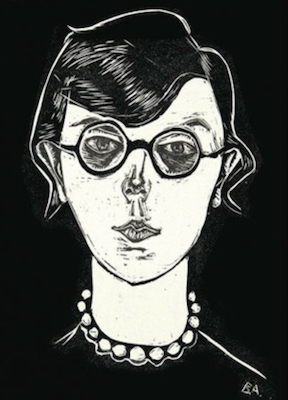

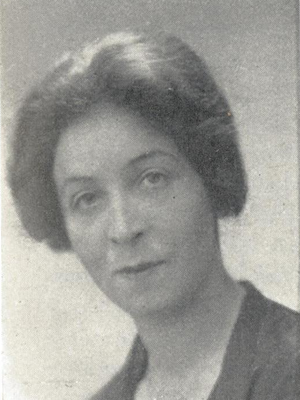
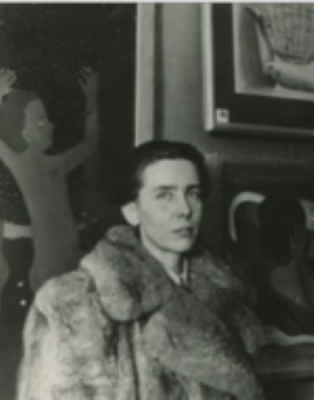
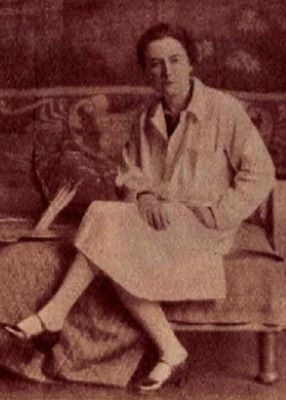
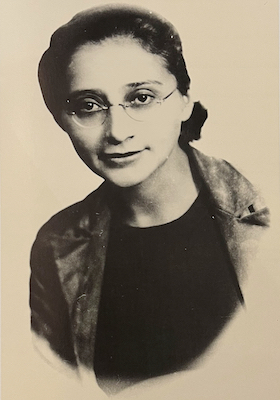
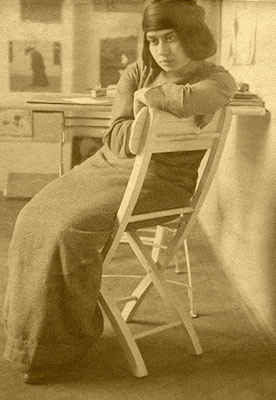
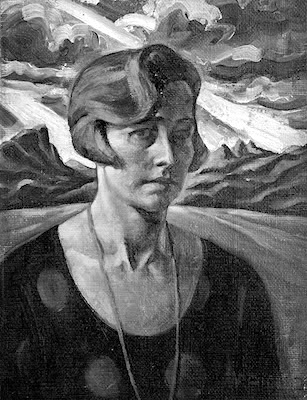
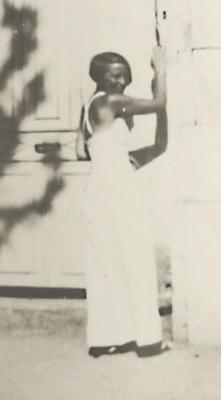
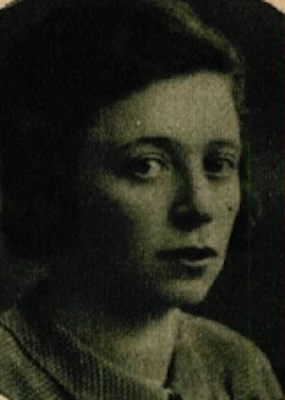
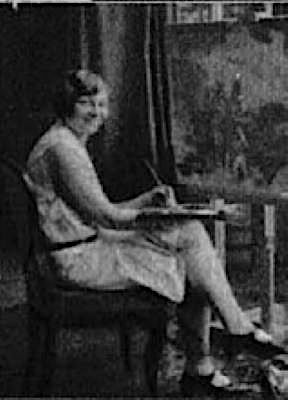
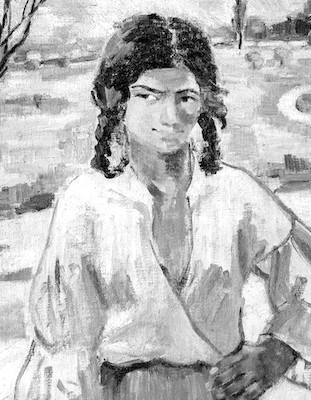
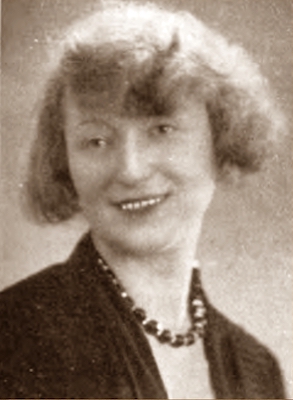
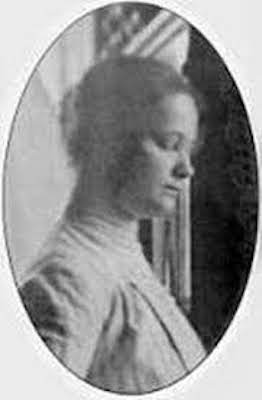
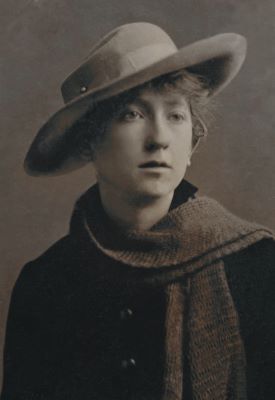
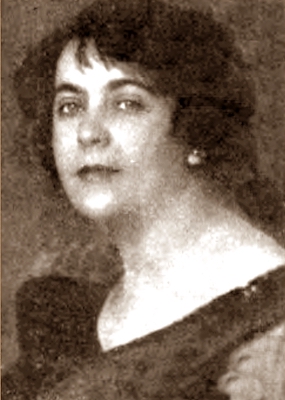
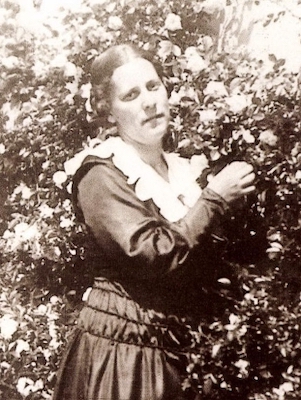
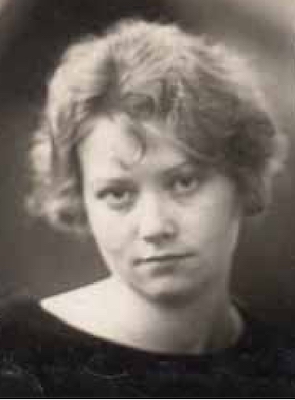
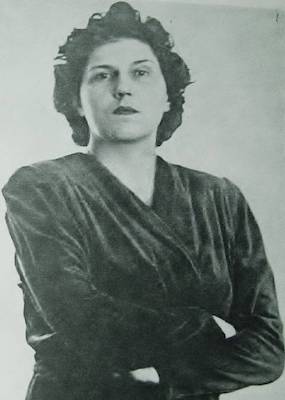
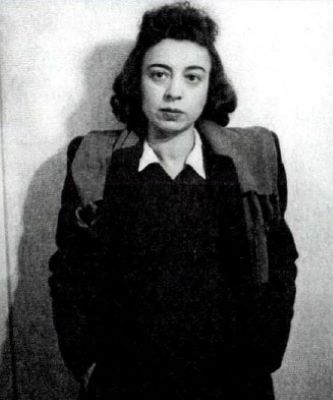
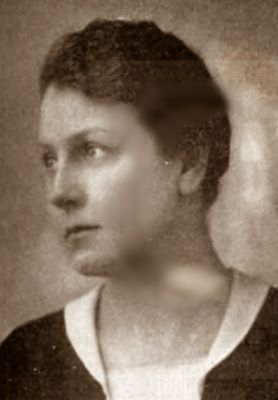
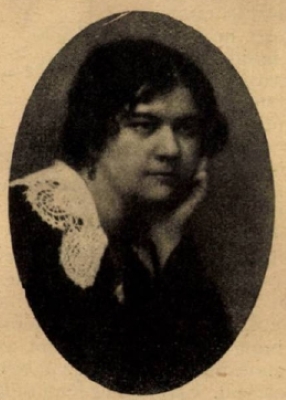
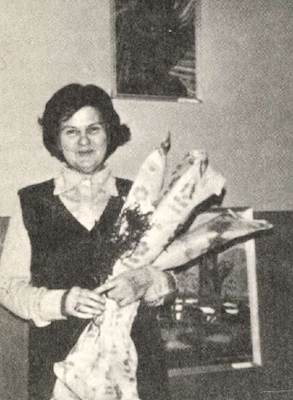
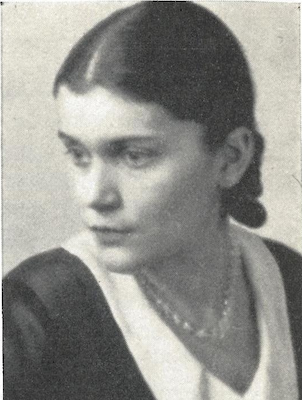
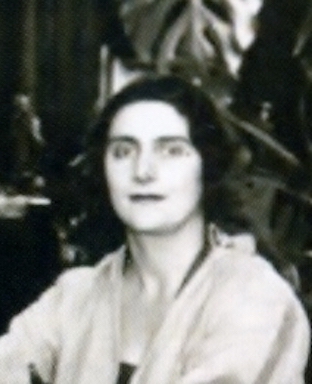
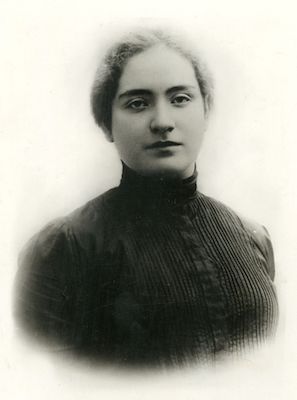_%E2%80%93_crop.jpg?locale=en)
